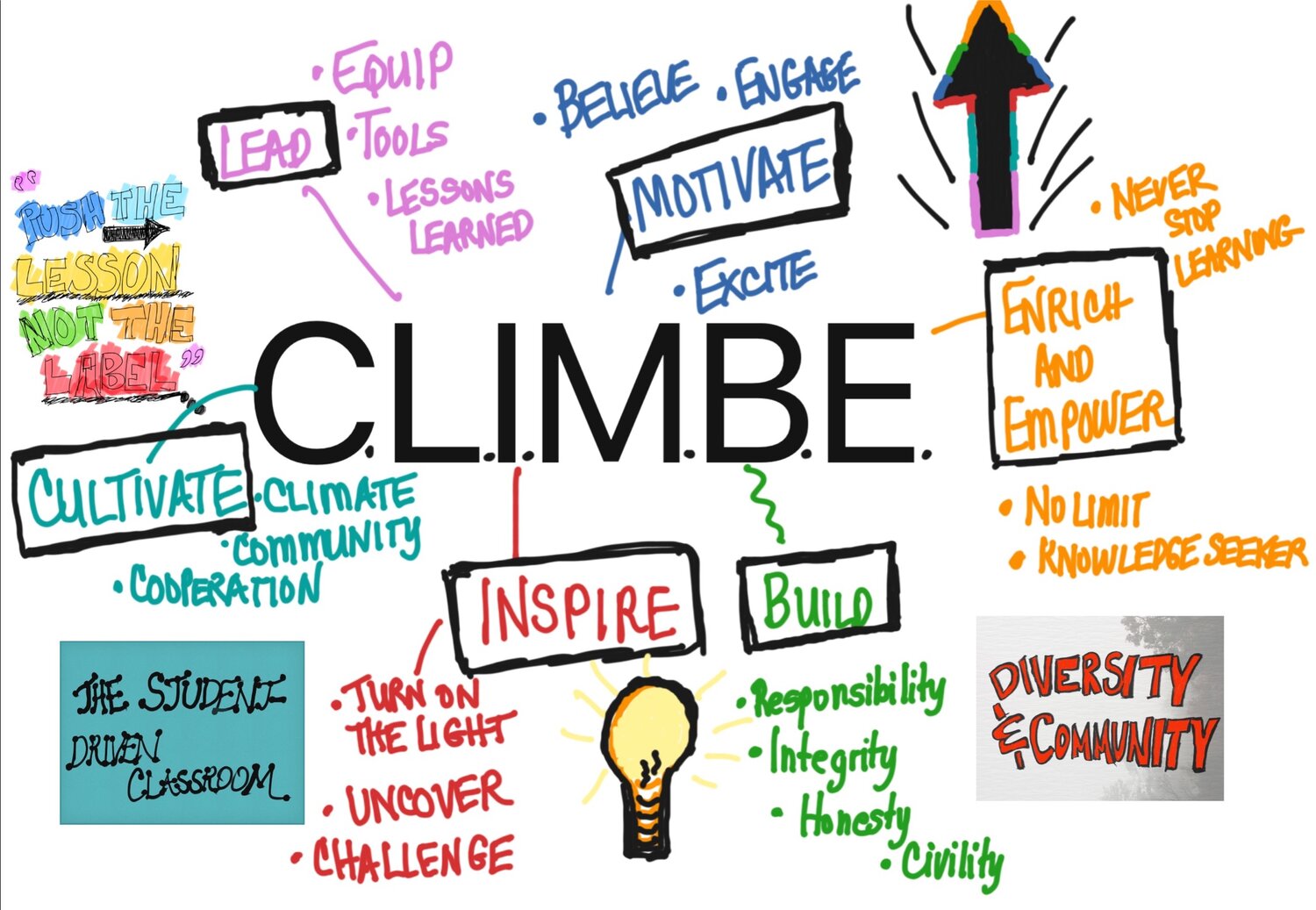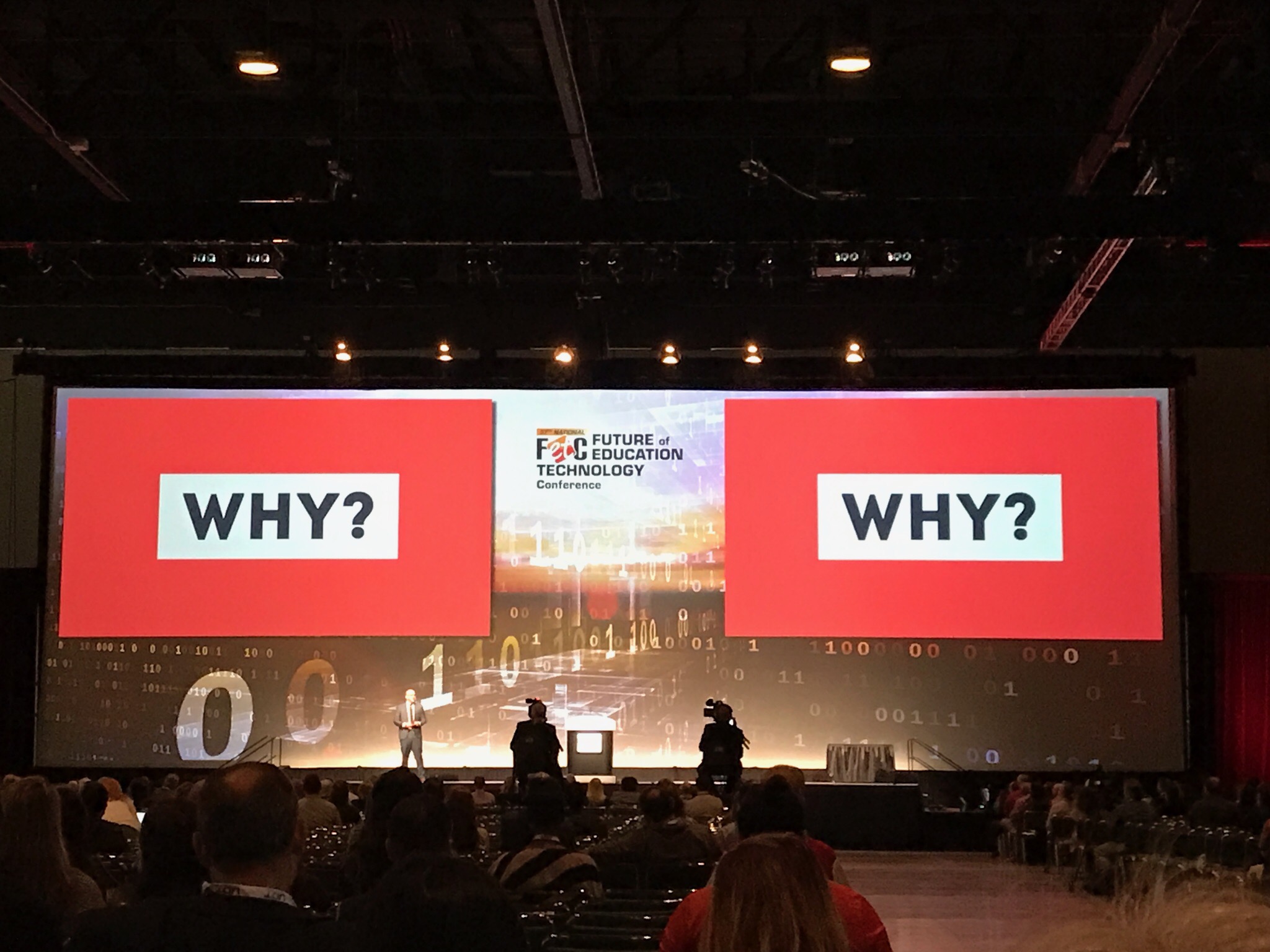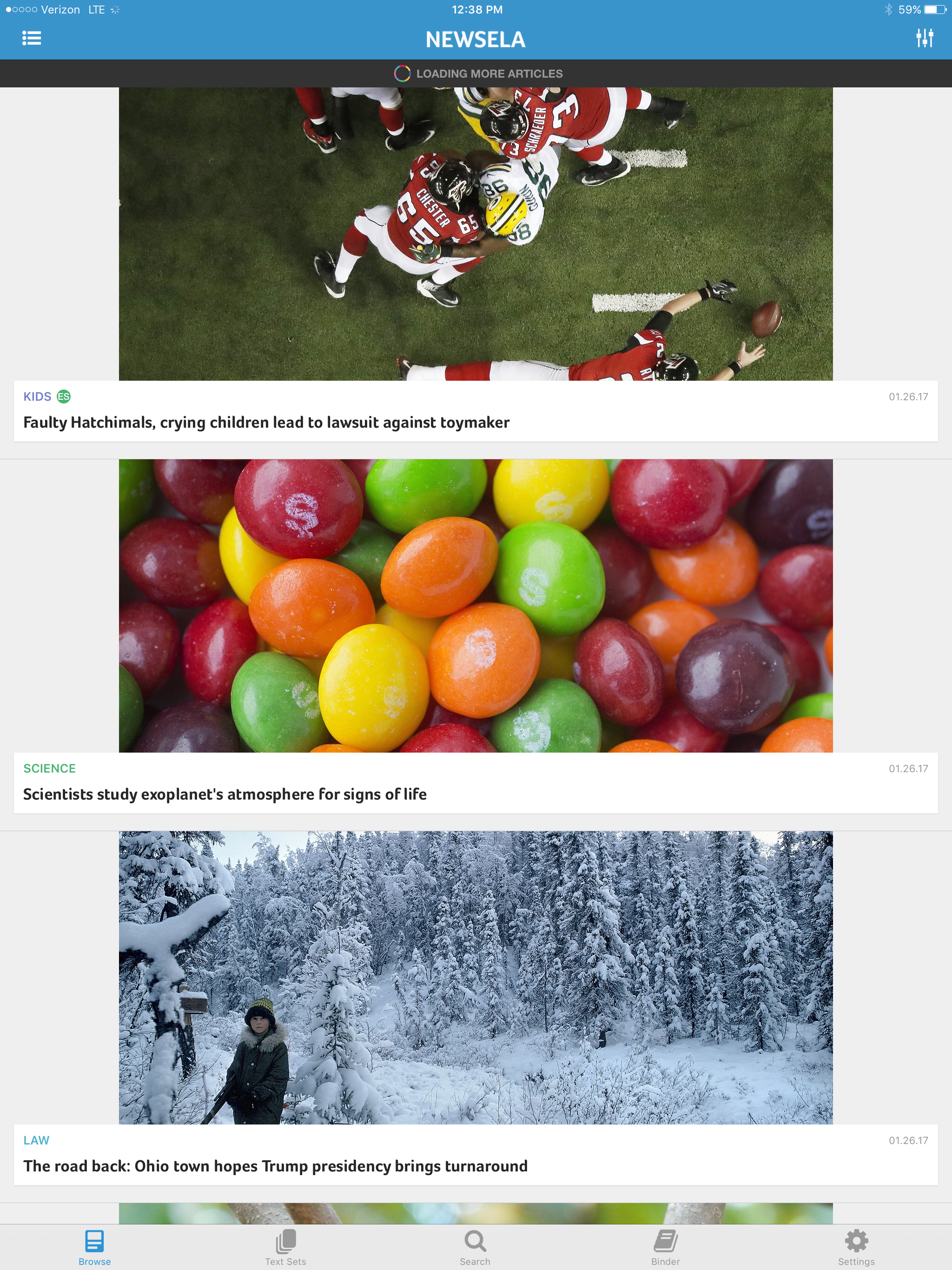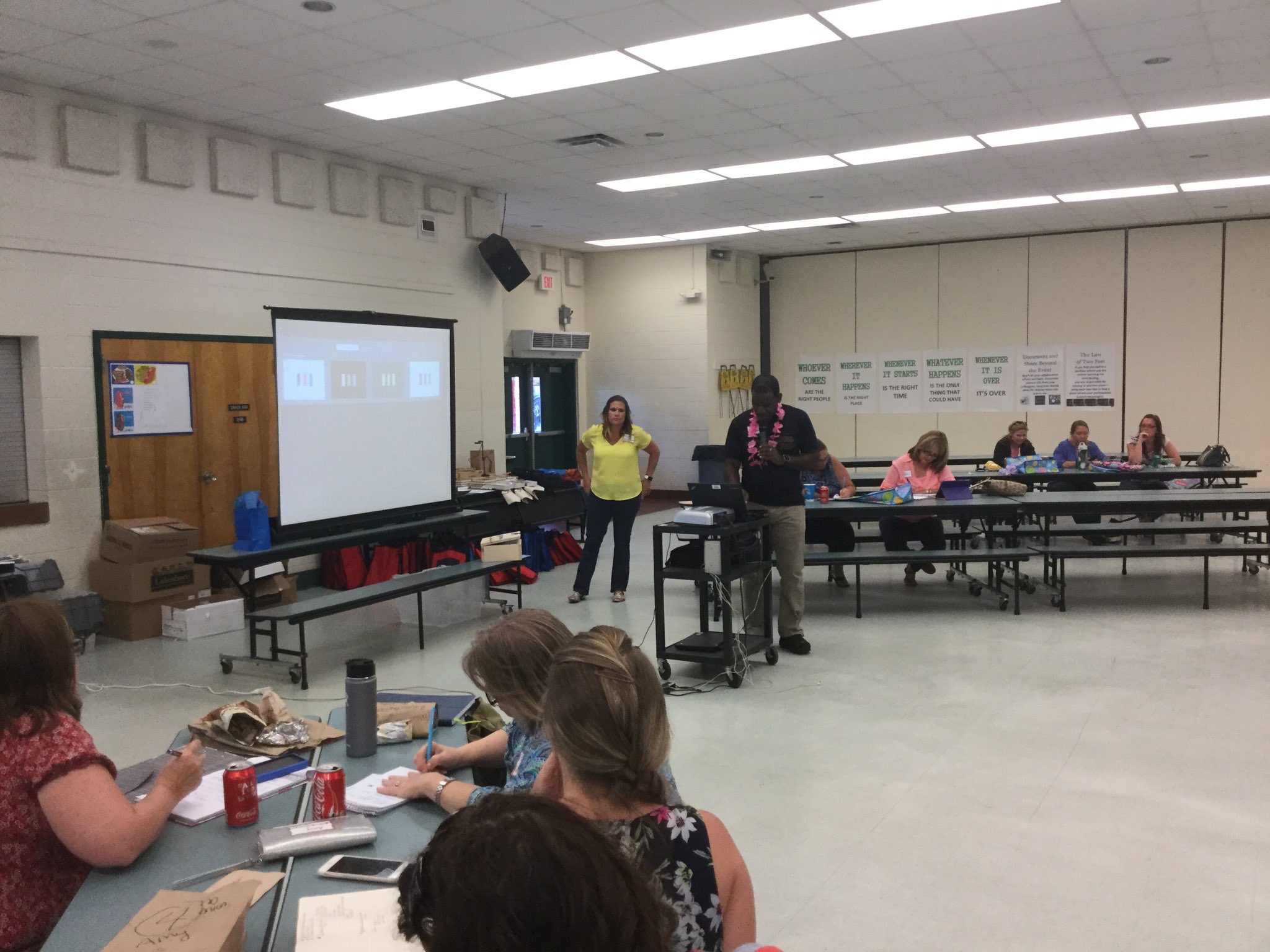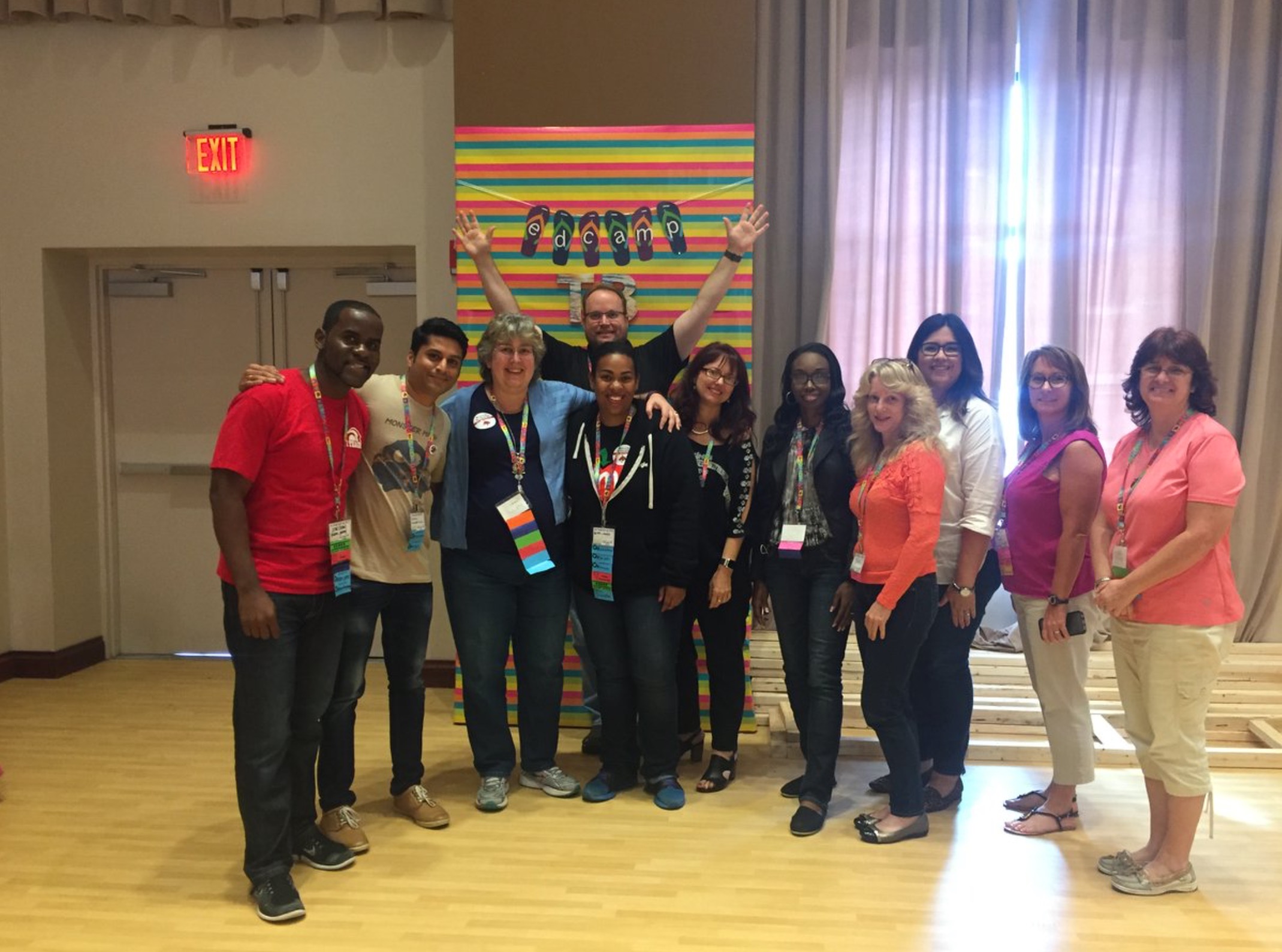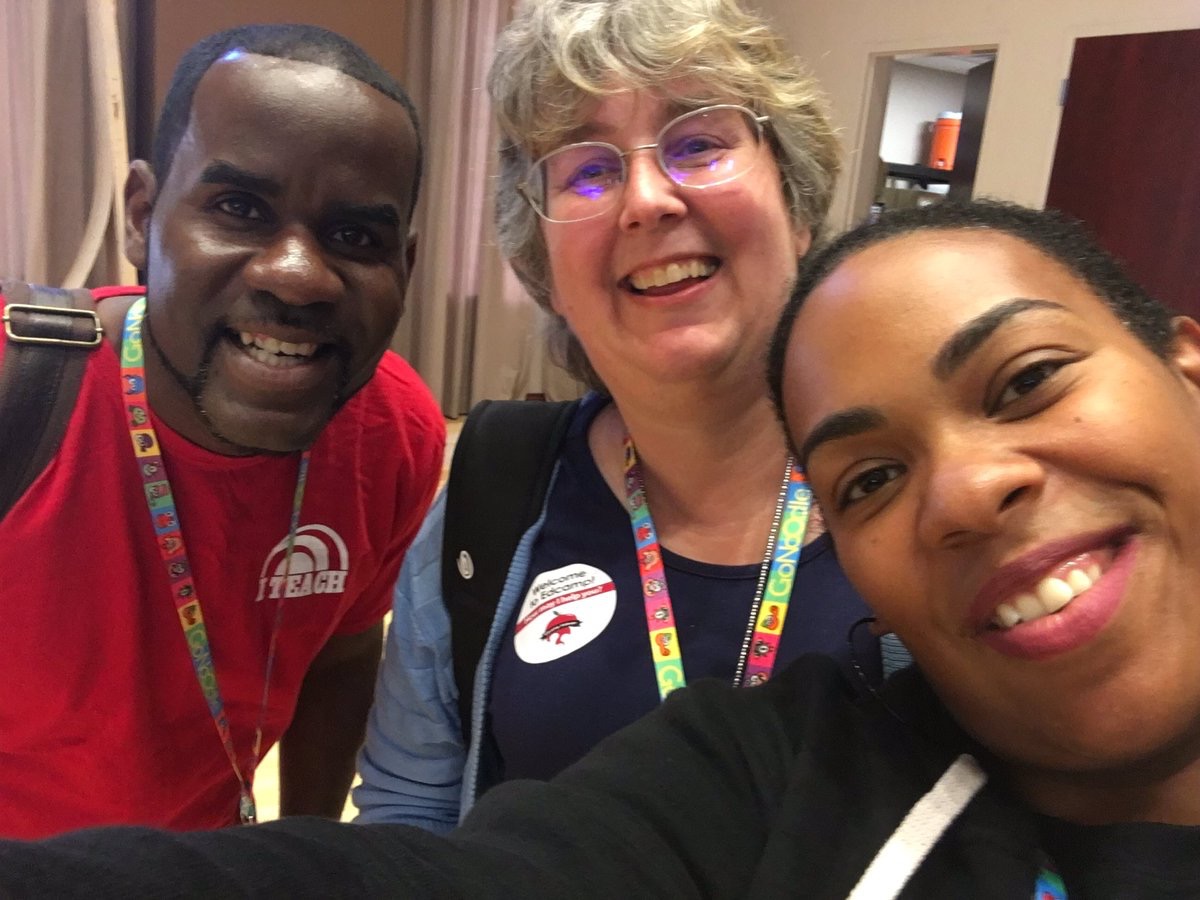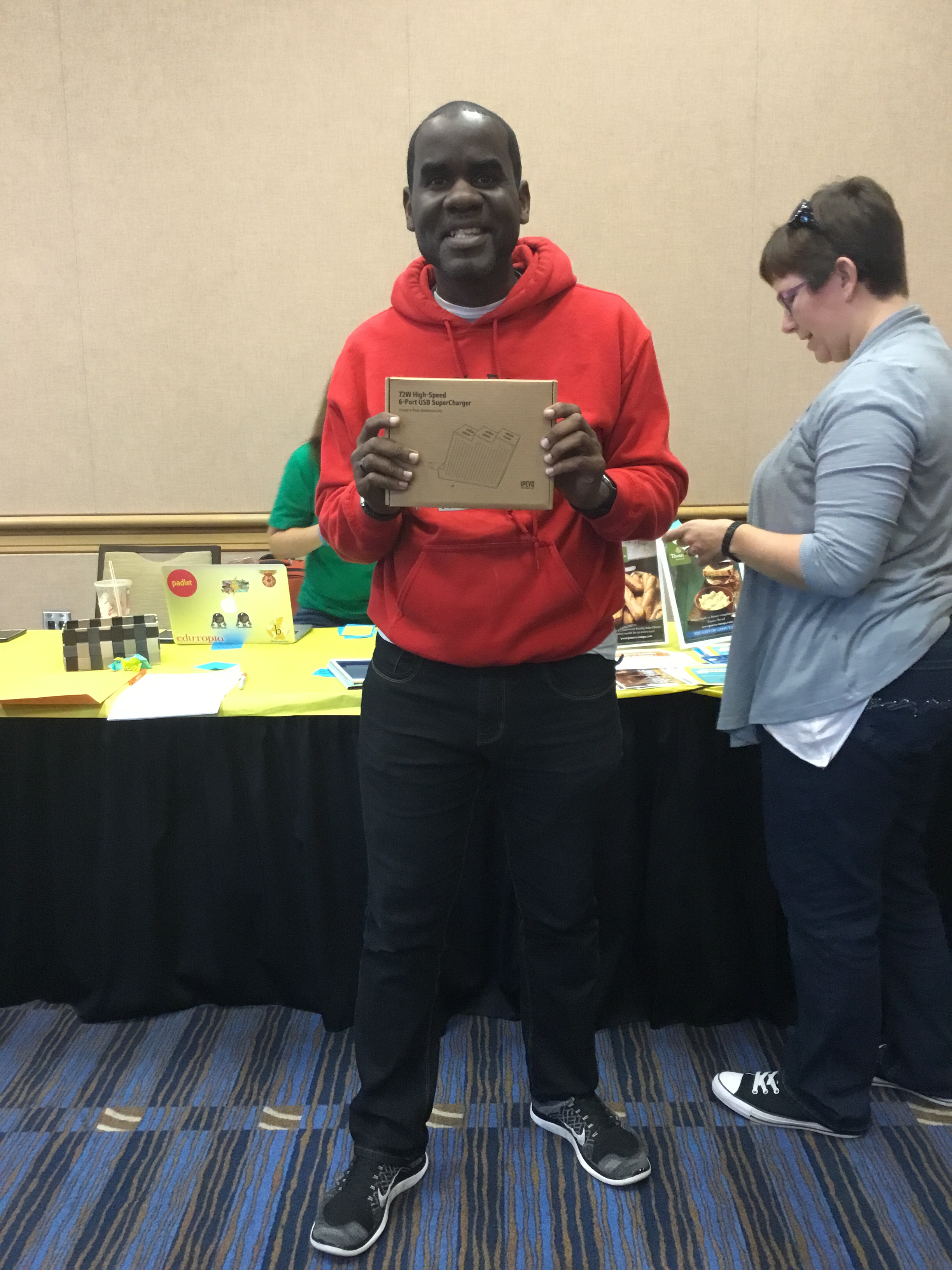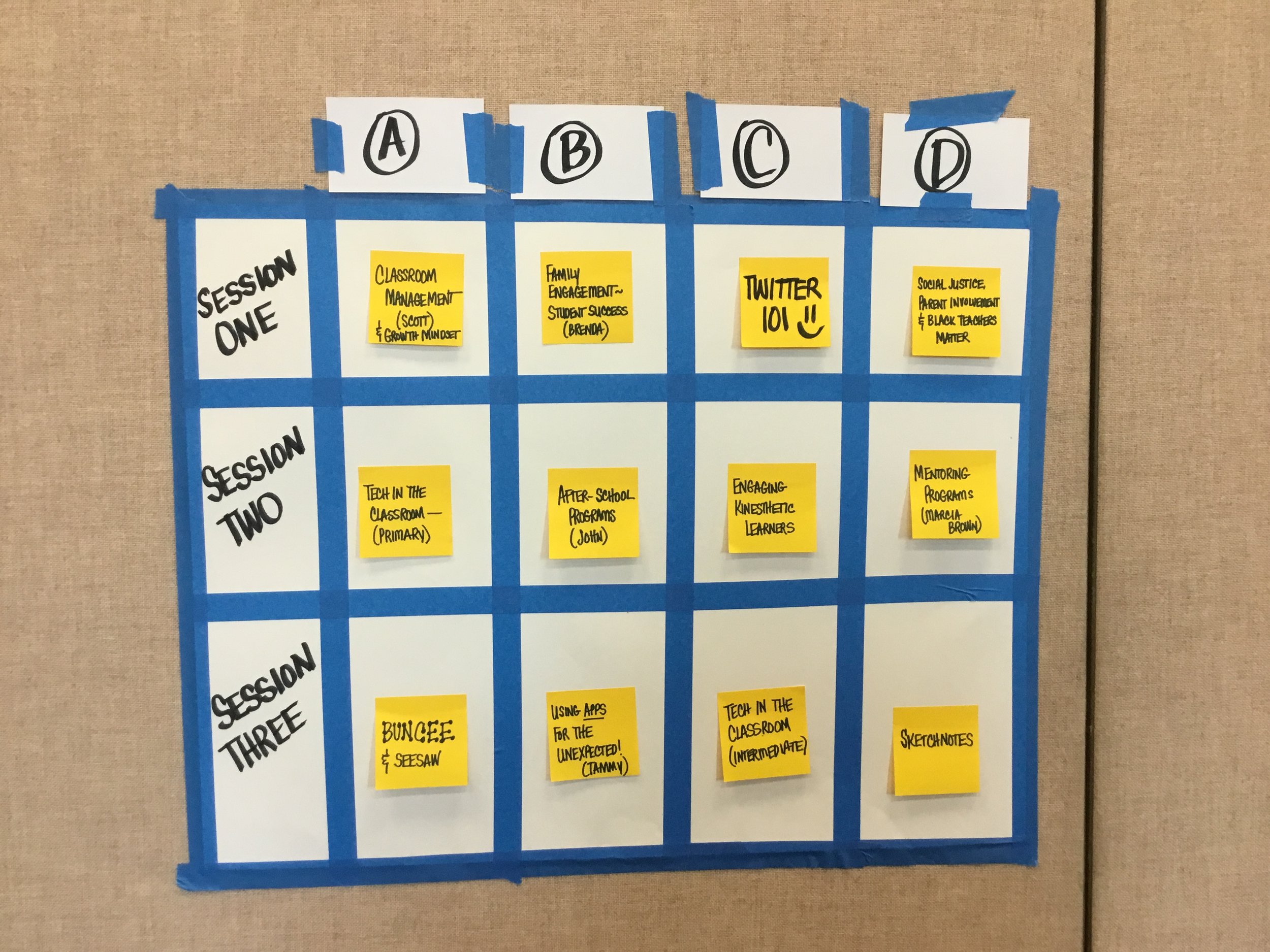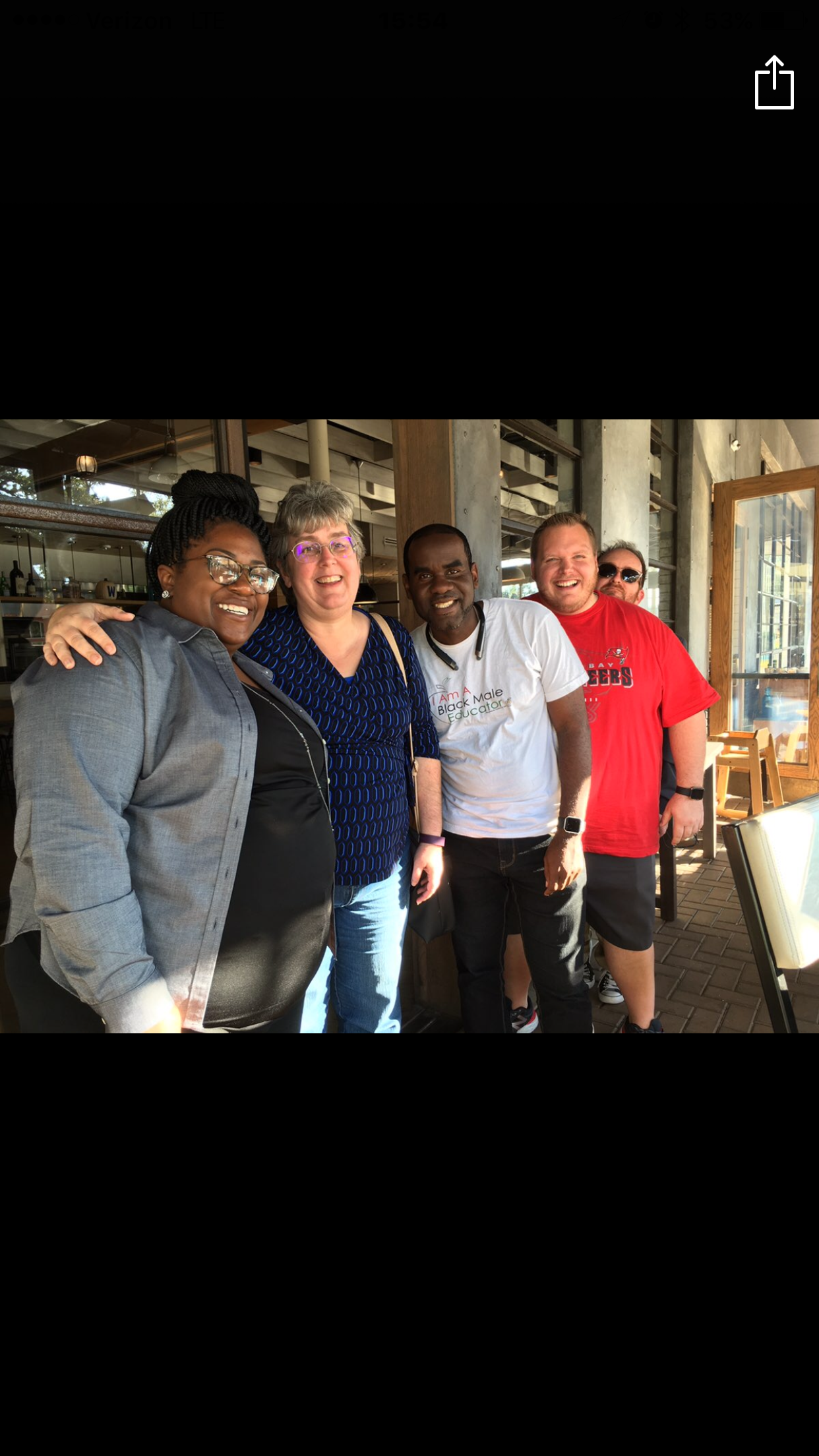The Power of a Conversation
Eric Schlosser states:
"Different people, in good faith, can look at the same fact and interpret it differently. But that's where an interesting conversation begins."
I find it very interesting how with all the technology that has made communication amongst people more efficient, it at the same time may be the go-to for communication as opposed to the traditional face-to-face gatherings that still have the power to spark electricity, identify common ground and insight movements in the forward direction. Such a conversation was had on Saturday, March 18, 2017 as a fellow educator and I traversed the lengthy alligator-filled pathways of the Lake Woodruff Wildlife Refuge in Deleon Springs, FL.
While I did not think quickly enough to document the entire conversation, I was able to capture much of the meat that was both relevant and affirming. I will do my best to transcribe that here today.
Male teachers in education are a rare breed and what power there is when male educators particularly in elementary education take the reins and are all in, in terms of impacting a generation.
Listening to students is so important.
We talked about blended learning and multi-modal learning. We all have different interests and if we approached teaching and learning from that angle, it carries over to the way in which our attention is grabbed in school. Can you give me a way to learn that interests me? I will be engaged if it interests me. Not, let's do this the same way because it's always worked. While that may be the way that is assumed because enough of the students are responding or due to it benefiting the school in terms of standardized assessment or school grade, what about the rest of the students? What about the students who fall through the cracks?
In the long run, this may create students that attach no value or meaning to learning and ask "Is this what school and learning is all about?" these students may resort to other avenues due to where they were no provided opportunity to explore what interested them. This could lead to increased amounts of students dropping out or not finishing because they felt they had no reason to. "If this is how things are going to be done, then I am going to check out" may be the thought that runs through many students' heads.
What would happen if we flipped that script? What if we started to actually pay attention to learning styles and student interests and tie that into the curriculum? In no way are we excusing curriculum needs and grade level expectations, however we should work to integrate them. I do believe it is possible to accomplish and in most cases exceed expectations if we tied in blended learning, multi-modal learning so that students are receiving knowledge in a variety of ways, not just sitting in a classroom listening to traditional lecturing all the time. They need to do, they need to get up, they need to move. Maybe with options and variety we empower students to be risk takers because there is variety, and that variety includes learning in ways that are not common to them, but learning nonetheless.
It encourages them to be more risky in their learning. It is not a one shot, all or nothing kind of deal, which is unfortunately a lot of what ends up happening due to standardized assessments. We must be held accountable yes as educators and the easiest way to do that is through test scores. However, if they really want to see excitement and kids learning and taking risks, it has got to go beyond that (Kim Howell-Martin). Schools that are under-performing are potential for extensive growth. If we gave kids opportunities and tried new things, even beyond flexible seating, we would see great results. Imagine how interests can even be developed when students are able to see things in a different way than traditional learning? We need to break out of the mold.
It gives new meaning to a PLN and lifelong learning. It is hard to get stuck in a place if you constantly learn. I need to continue to develop because I don't want to ever get to a point where I cannot reach the kids in my classroom. Making that bold declaration would imply by motivation alone that we WILL impact (REACH) 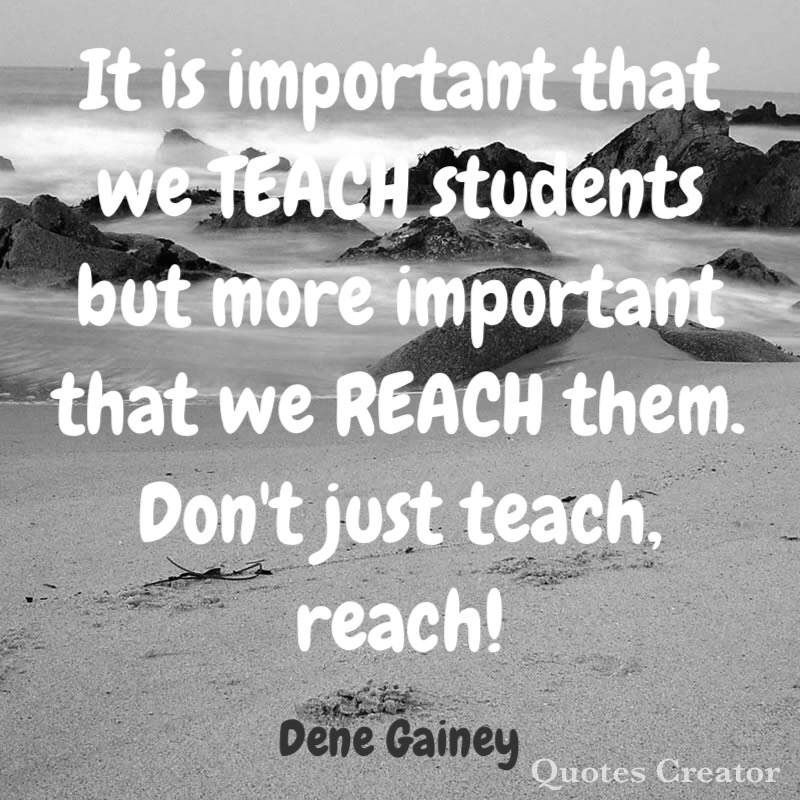 the students in our classrooms because we desire to. It is a constant transforming mindset. It cannot become stuck in a certain way when you are constantly molding your skill-sets and mindsets. In most schools (and if students stay), many teachers will teach each of the students. It needs to become a corporate effort to reach them. If educators approach their REACH differently, imagine how the students' mind sets, motives and drive to come to school in the first place would change.
the students in our classrooms because we desire to. It is a constant transforming mindset. It cannot become stuck in a certain way when you are constantly molding your skill-sets and mindsets. In most schools (and if students stay), many teachers will teach each of the students. It needs to become a corporate effort to reach them. If educators approach their REACH differently, imagine how the students' mind sets, motives and drive to come to school in the first place would change.
Kudos to the idea of when you can engage students in a variety of different ways, imagine how much more they will be motivated to come to your classroom and be independent learners and go beyond what you may set as the precedent in the classroom. They will want to go beyond that because you have empowered them with the tools. (Check out Chapter 9 of the Edumatch Snapshot in Education 2016 Published book) What can we do to stretch the kids to decide on what they want to do and then help them to open doors to opportunity?
"The only thing standing in the way of you and what you want to do is you."
What if our kids understood and embraced that thought? What if education at large actually validated that statement by not standing in the way? Motivation is huge. Do they believe they can? They need to SEE what is out there. They need exposure to things in order to develop and learn about what they may want. The whole real world aspect of things is a great way to expose kids. Applying meaning to learning essentially is looking at the real world. What is truly out there? Let's think organization for just a moment, why do we need it? Let the kids answer that question. This is a real-world expectation. We are learning the tool of organization today, why? Why would organization be important in LIFE? Can you think of situations where organization would make the difference between success or failure? Can you recall any personal experiences about how organization was helpful to you or your family? My point here is that connections to the real world are important and students begin to see how meaning is attached to things being taught due to their LIFE-connection. It goes far beyond my classroom. The light bulbs then come on, the habit is created, and then students have purpose for what they are doing.
I am challenging all of you that read this blog post to engage in conversations. You may never know the power inherent in something that is seemingly so simple if you don't start talking. Who knew that all of this would have come out of a simple walk in the wildlife refuge? Engage. Input. Listen. Learn. Spark. I can't wait to take this conversation piece further through student edcamps within the classroom where the students can also have conversations and they too can see the power! We've got the power!
“Good communication is as stimulating as black coffee and just as hard to sleep after.” ― Anne Morrow Lindbergh, Gift from the Sea
It's Worth It!
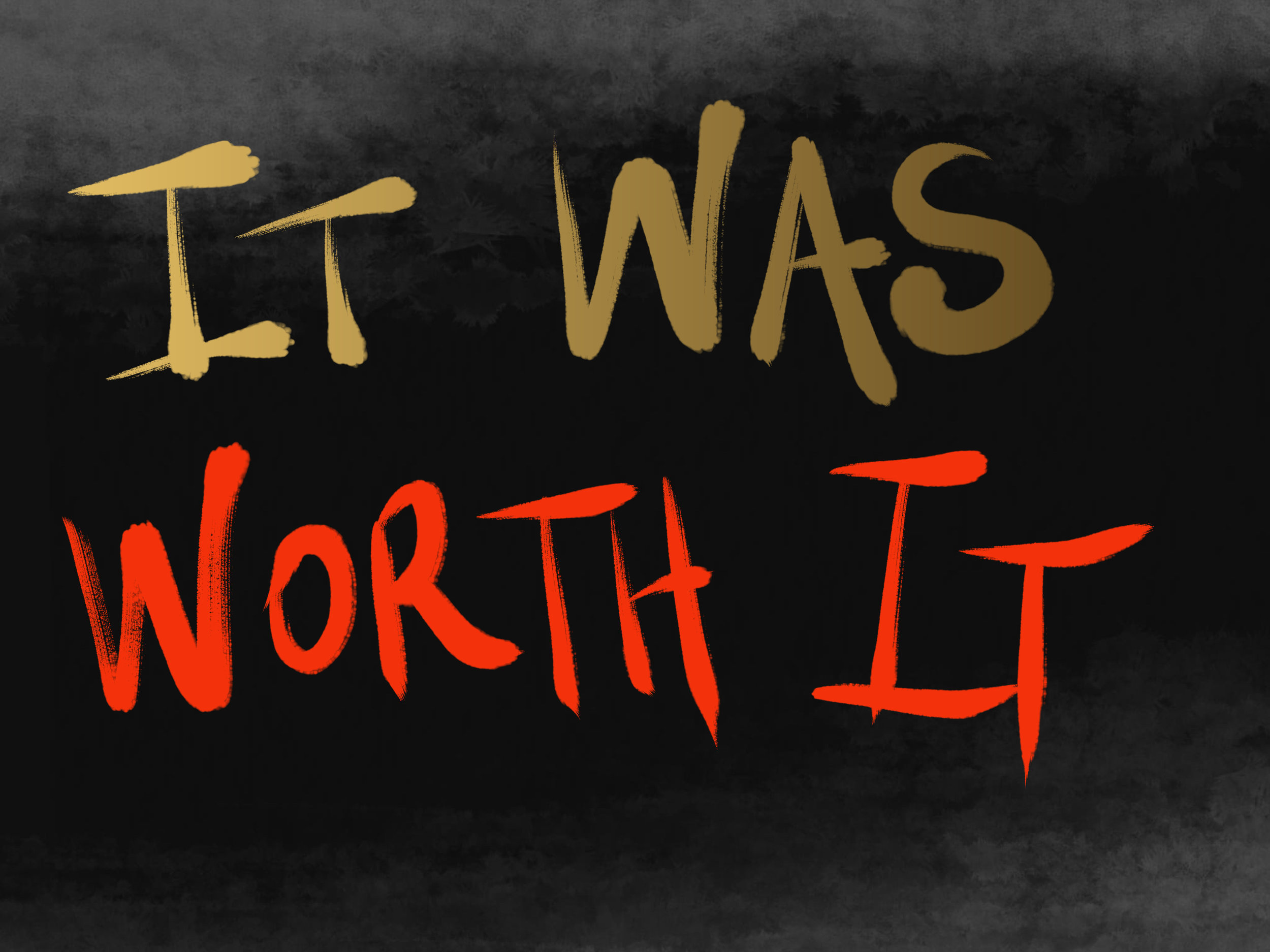 Now you might say what I have said many times, or asked myself...Is it really worth it? We think of our duty as educators to shape, mold and educate the young breed as a calling. I couldn't agree more about the nature of the role an educator plays. It's about something bigger than ourselves. It's a larger than life kind of niche, so much so that the educator plays a central role in the lives of students, dedicating his or her life to instilling in a child the tools and skills necessary to take on a world that continues to grow and change. That's a tall order.
Now you might say what I have said many times, or asked myself...Is it really worth it? We think of our duty as educators to shape, mold and educate the young breed as a calling. I couldn't agree more about the nature of the role an educator plays. It's about something bigger than ourselves. It's a larger than life kind of niche, so much so that the educator plays a central role in the lives of students, dedicating his or her life to instilling in a child the tools and skills necessary to take on a world that continues to grow and change. That's a tall order.
The truth is that the integral seat that educators sit in is not always easy to occupy. In fact, some may say that it is never easy to occupy. Teachers touch tomorrow. Teachers touch today. Teachers made tomorrows easier today. In the words of Dr. Dorian Roberts, we make it look easy. But it is certainly far from that!
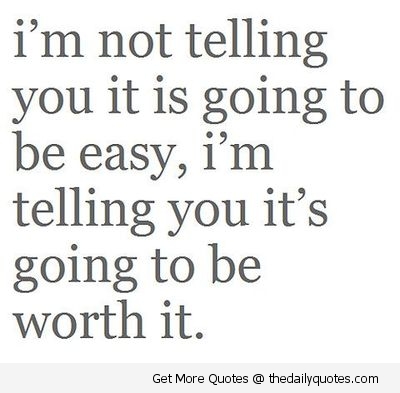
If the truth was to really be told, there are days where I wished I could have slept in on a Monday morning (and maybe not just Monday), whether the weekend was short or long, but the alarm went off (5:15 early), I got up and made my way to work. After my routine Starbucks run, I end up at work, first one there, dragging as I sip every ounce of my Venti hot caramel macchiato, extra shot. Like the flick of a light switch and once I get into the classroom, something happens! I am reminded of the job set before me, not the one I get paid for, but the one I am called to and happen to be compensated for in the process. The creative, enthusiastic facilitator of learning comes alive in me (not to say that it ever sleeps). The espresso just brings him back. Ha!
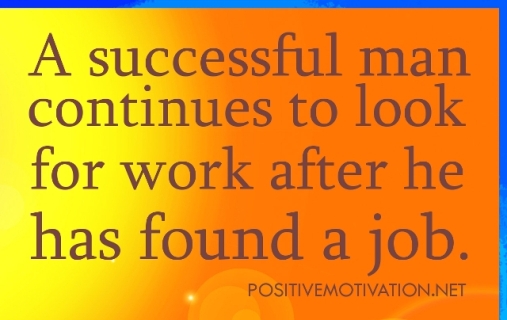
The lesson plans, the committee meetings, the staff meetings, the parent conferences, the grading, the paperwork, the after school clubs, the tutoring, the school even nights, is it really worth it? How do you measure success? Is success the educator who stops learning? Is the successful educator the one who thinks that there is nothing more to learn or do? It is a lot to juggle all of these tasks associated with the the educational seat we sometimes so comfortably sit in. Is it worth going to that compelling conference, establishing that powerful PLN, or attending that engaging EdCamp? Well, when you consider the potential outcomes, I think the answer is clear. There is ALWAYS room for growth.
Consider the student that is always eager to get to your class because there is always wonder involved in the learning process. Think about that kid that only you are able to reach. Don't forget about the student who may have some behavioral concerns, but respects you so much and listens to you. Maybe it's that student that you have become an advocate for. The student who only has one parent (or two) and you easily become the other, or the third. Consider the long-term impact of you taking the time to make a difference in the life of child, when you can develop REALationships with them! A REALationship is a teacher-to-student connection that is REAL, authentic, intentional and impactful.
What you do on a daily basis will carry on beyond you. I will be the first to say IT IS NOT EASY to walk in the large shoes of an educator who never sits down, but constantly seeks to learn and grow so that the students can continue to learn and grow. I will say though that IT'S WORTH IT.
“Follow your dreams. I am not saying it’s going to be easy, but I am saying it’s going to be worth it. – Moffat Machingura”
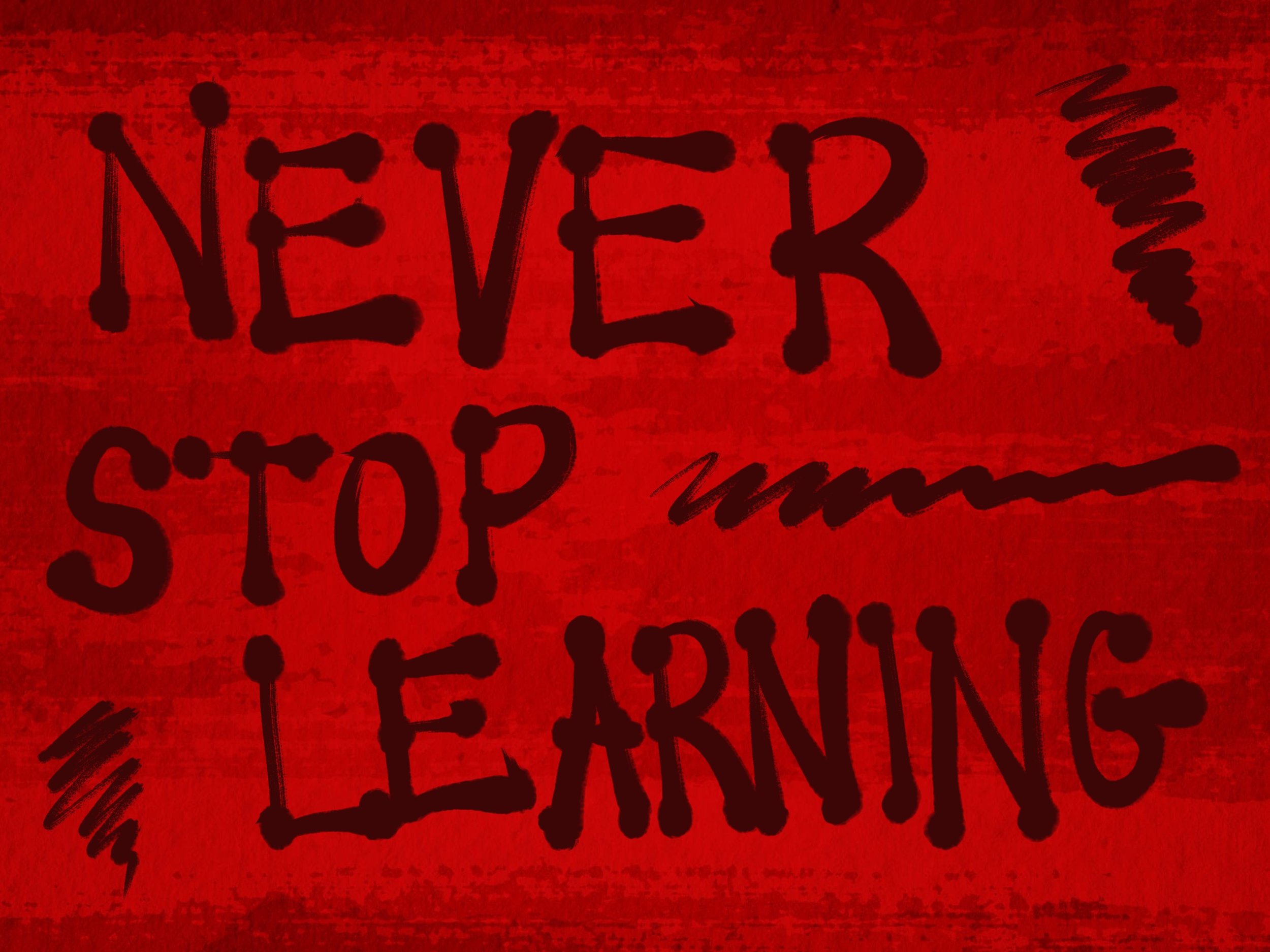
Reflections on FETC (Future of Education Technology Conference)
I have been so busy trying to implement the strategies and tools gained from attending this conference that I am very late on posting this blog. The Future of Education Technology depends on us learning, knowing, implementing, allowing, embracing, and integrating. There was so much information discussed during this conference, from the keynote speakers to the poster sessions and from the breakout sessions to the many conversations and opportunities for sharing with educators from around the state of Florida and beyond. Below is an example of an activity used within a Language Arts classroom that combines the arts with writing. Google Slides allows students to bring these areas together in seamless display.
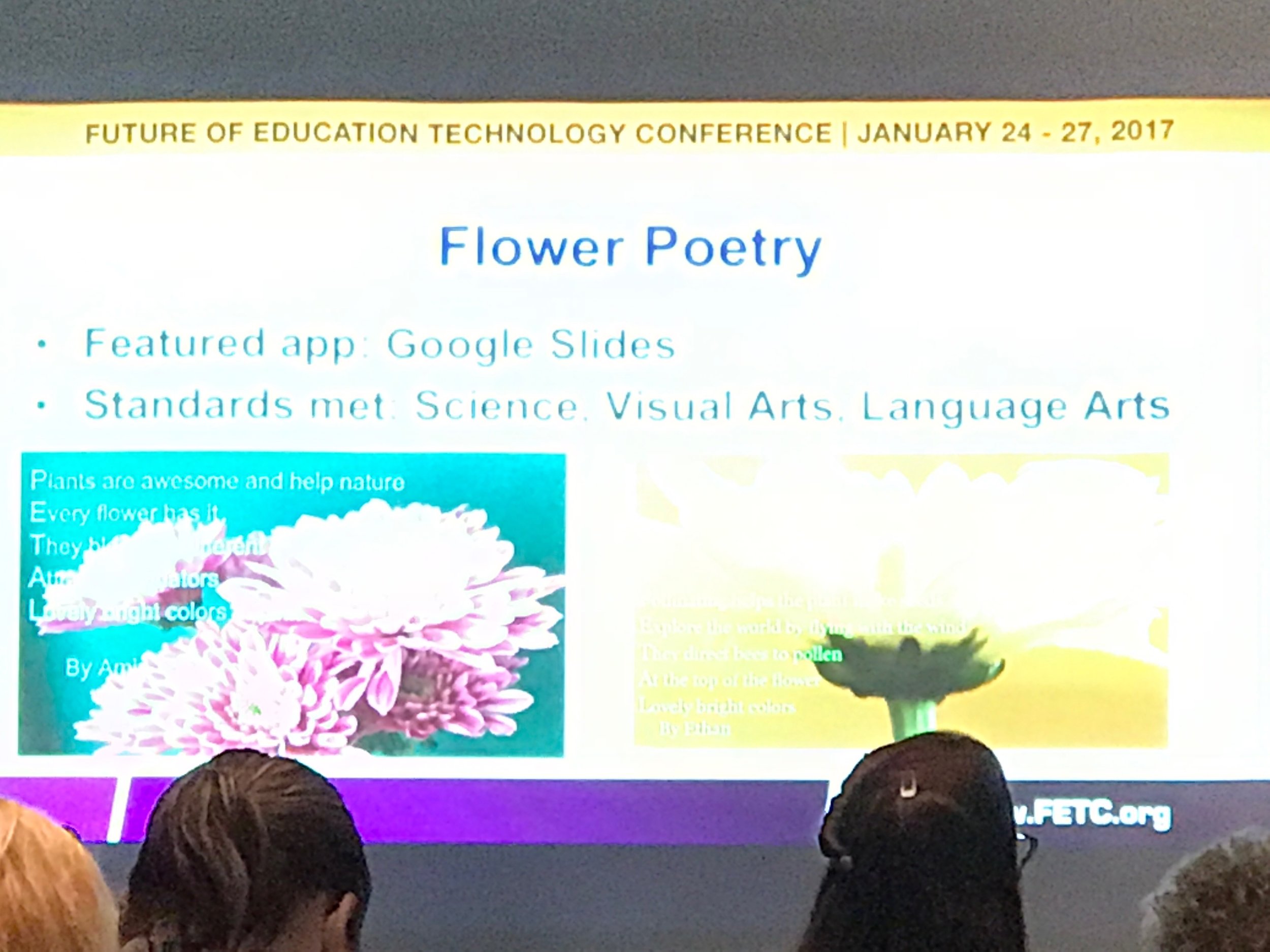
One of the greatest benefits and takeaways from the F.E.T.C. Conference was the understanding that technology can be integrated into any classroom and not only that, it should be integrated. The above visual identifies that way in which a school combined Science, Visual Arts and Language Arts into a cross-curricular experience. There are great benefits to connecting multiple areas of the curriculum so that students can understand these relationships, as well as learn in a variety of ways.

In this example, the presenters discussed a way to bring life to a biography. We certainly cover nonfiction reading as a part of ELA but why not make learning more engaging for students by integrating the technology component? In this example, students either created an image (using Sketchbook EDU), or found an image to to integrated into an app called Cha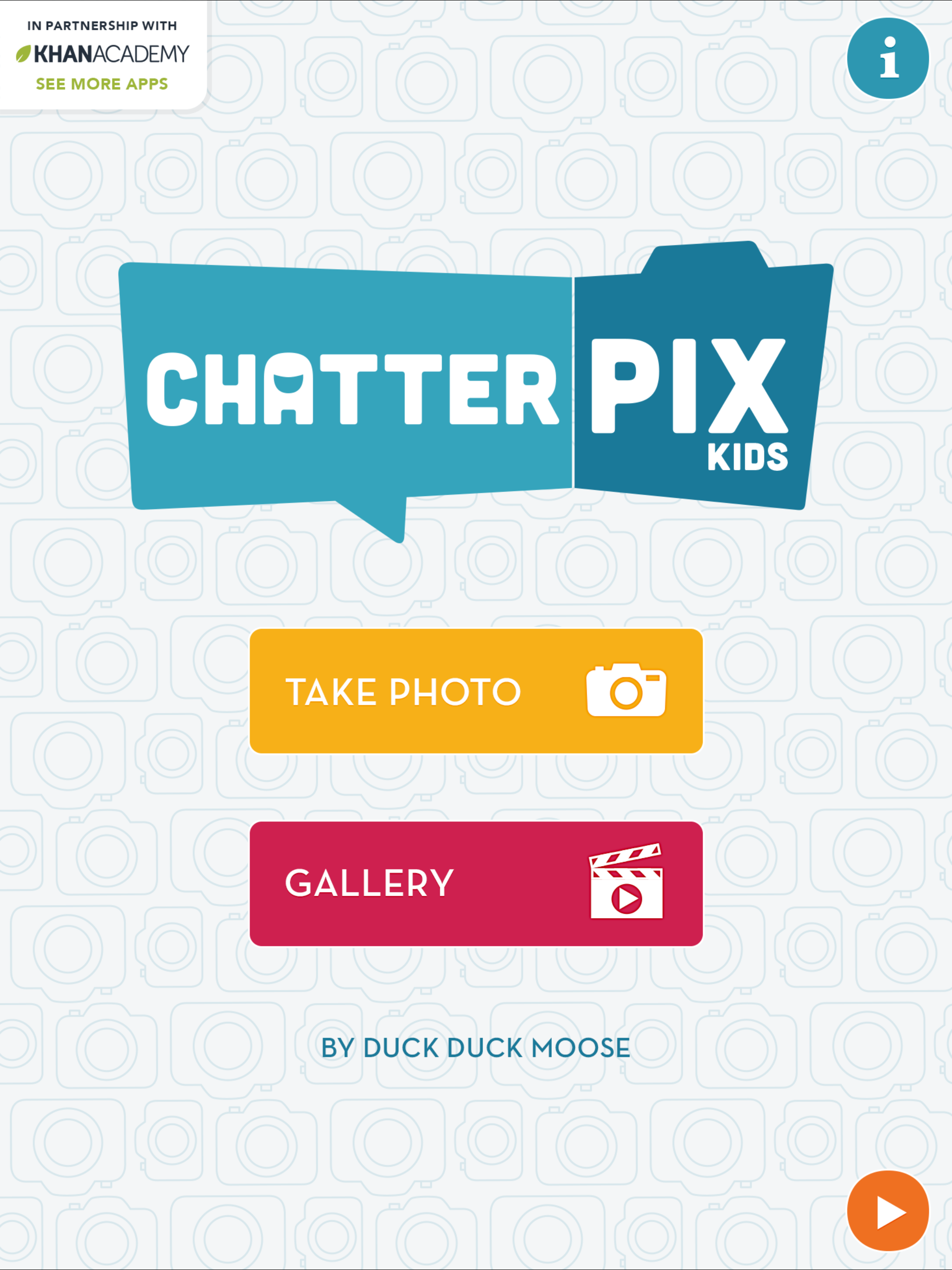 tterPix (screenshot pictured below).
tterPix (screenshot pictured below).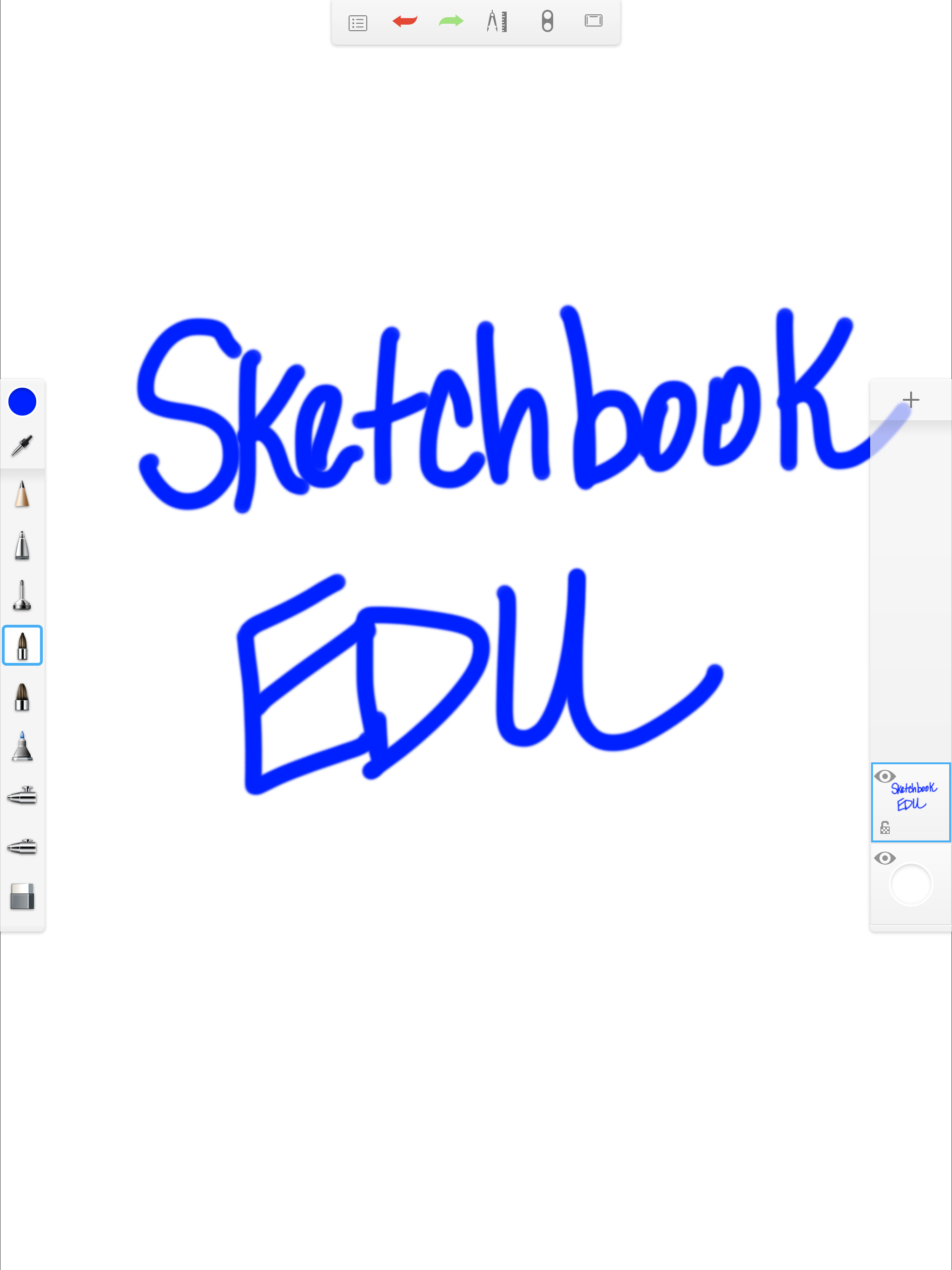
For example, if students were learning about Martin Luther King Jr, he or she might google search for a podium graphic, since it represents much of what Martin Luther King Jr. embodied in life. That graphic can be imported into ChatterPix and using coloring tools, colored over, to become a new image. See the video below, that was a bowl made from glass originally, transformed into Captain Granite.
[wpvideo XhOU0K7c]
EdTech Karaoke (below) was a fun time, as it brought out the singer and songwriter and artistic talents. It was so great to see so many educators who were not only concerned about their classrooms, but music and the arts as well.
The question "Why" should be asked when attempting to integrate technology into the classroom. We want the integration to have meaning for students and we can't just put an iPad in their hands and expect that they would not need guidance in its use. How can we make technology as meaningful as possible? (Consider why the technology is being used).
- Introduce a topic (Nearpod)
- Build understanding - (Google Earth)
- Apply learning (includes voice and choice) - iMovie, Buncee
Newsela allows students to read on an appropriate lexile level and if students require more scaffolding, they can navigate through and select a lexile level more appropriate for them. This is helpful for students as they learning the research process and there is a wealth of information at their fingertips.
What would any conference be like without interacting and engaging in excellent dialogue with other educators? Just as much as the sessions and the keynote speakers, these conversations allowed for rich learning experiences with lots to think about or consider.
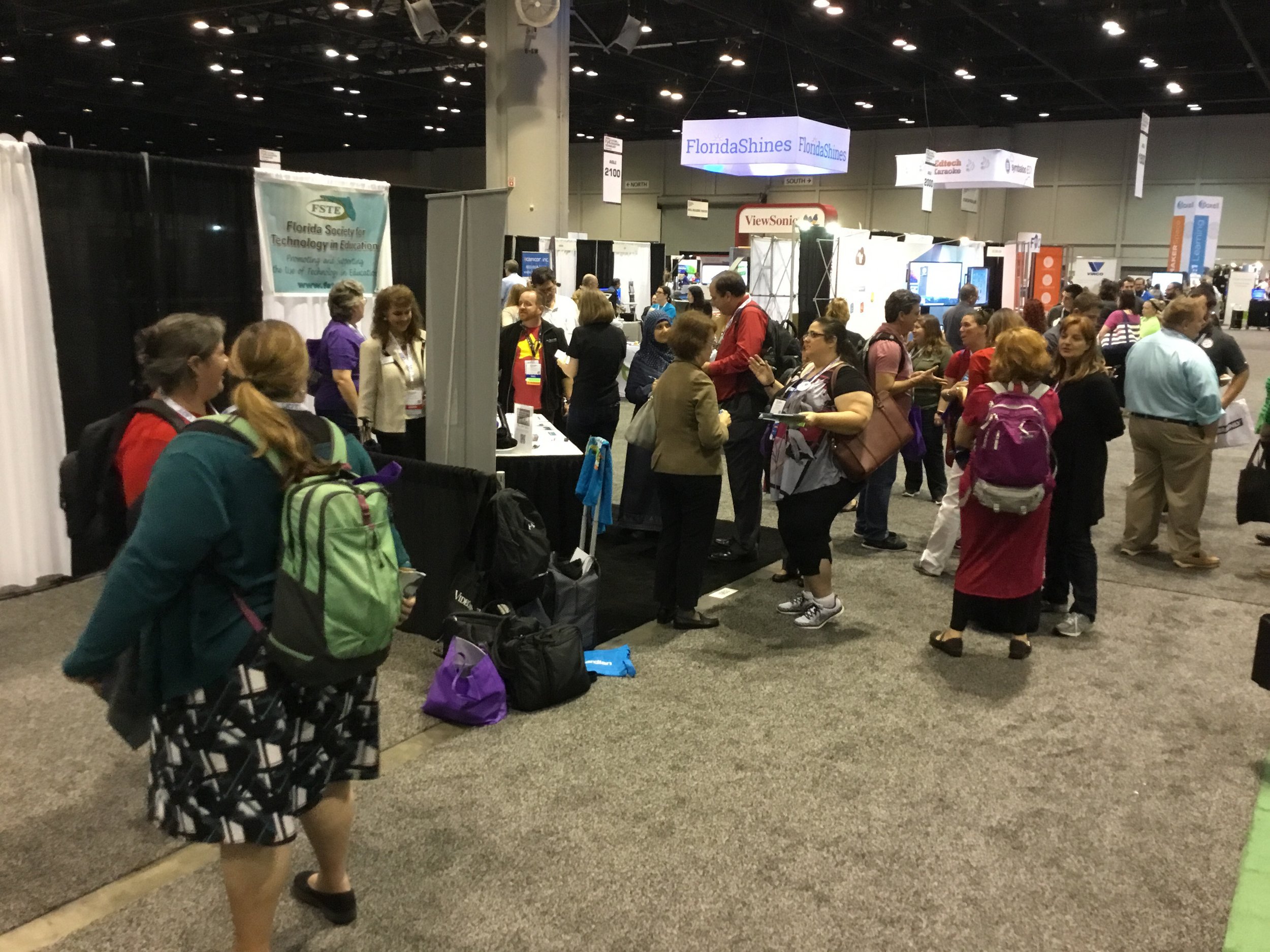 Below is a video that captures a few of the highlights from FETC with my voice in the background. I used this to present to teachers back at the school. It does not encompass everything but do enjoy. It's not about the technology, it is about what you do with it, the pedagogy. Yes! Let's not go backwards.
Below is a video that captures a few of the highlights from FETC with my voice in the background. I used this to present to teachers back at the school. It does not encompass everything but do enjoy. It's not about the technology, it is about what you do with it, the pedagogy. Yes! Let's not go backwards.
[wpvideo qnkBFI5f]
Michael Meechin shared that "The future of education is you." It can't be done without passionate educators who are excited to try new things, make mistakes, make everything a learning experience, both for the educator and the students and ultimately, keeping the students as the unique focus of every classroom.
Mischief Managed.
I solemnly swear that I am up to no good! You may be very familiar with the title of this blog post, and if not it is a phrased borrowed from J.K. Rowling's Harry Potter and the Prisoner of Azkaban. I am definitely grateful for 2016 and all of the things that have transpired, the good, the bad and the ugly.
The Year of Firsts
I have to say that so many things happened this year, many of them for the first time. Suffice it say that sometimes it just takes that first step and then taking that step leads to additional steps and before you know it, you are immersed in the teaching and learning experience. That is exactly what happened to me and as you read through this, you will see what types of things it has led to. I am truly grateful to not be an annual learner, or a weekly learner, but a lifelong learner. I do not want to ever stop learning.
Black History Teacher Nominee - January 2016
I was honored by a few parents as they each submitted a nomination to the state of Florida on my behalf for an Outstanding educator award. Mind you I was not selected as the recipient, however it spoke to the work that I do daily in the classroom and the degree to which parents notice, not just in what they see you do, but how their child's lives are transformed as a result of your diligence, passion and eagerness to help. I was moved by the nominations and received copies of them all and will keep them.
Blogging Began - 5/2016
I'd heard so much conversation about blogging around this point in the year and had to respond. Of course the immediate question in my mind was where to find time to "fit" blogging in, and I also questioned its purpose. Now that is not to say that I have not ever written things down, but specifically, the writing I had done were poems, stories, songs and journaling that I tended to keep to myself. Long story short, I began to understand the value of a blog post as a means to share with others your experiences, findings, "aha" moments and "the stories" we write through our lives. So my blogging began to take shape when I realized that other people actually wanted to read what I'd written. They actually cared about the insights and anecdotes I'd picked up along the way, enough to take the time to read and in some cases, respond. The rest as they say is history because I have posted several times since then and although this is the first post after a bit of a break, I enjoy the blogging and now use it with my students in the classroom.
Just as it helped them to establish community amongst each other in the classroom, through an electronic platform and interaction there, it has helped me to grow and connect with others and enrich myself through developing a PLN. I couldn't always officially say that I'm an author. But today, I can confidently state that I am, alongside so many "greats" in the education world. Through EduMatch we have pulled a phenomenal project together. So, if I had not started "small" with blogging, I may not have ever developed the confidence in what I had to say, to take part in a bigger writing adventure. Now, I am excited to pursue writing further.
EdCamp Magic - 6/4/2016
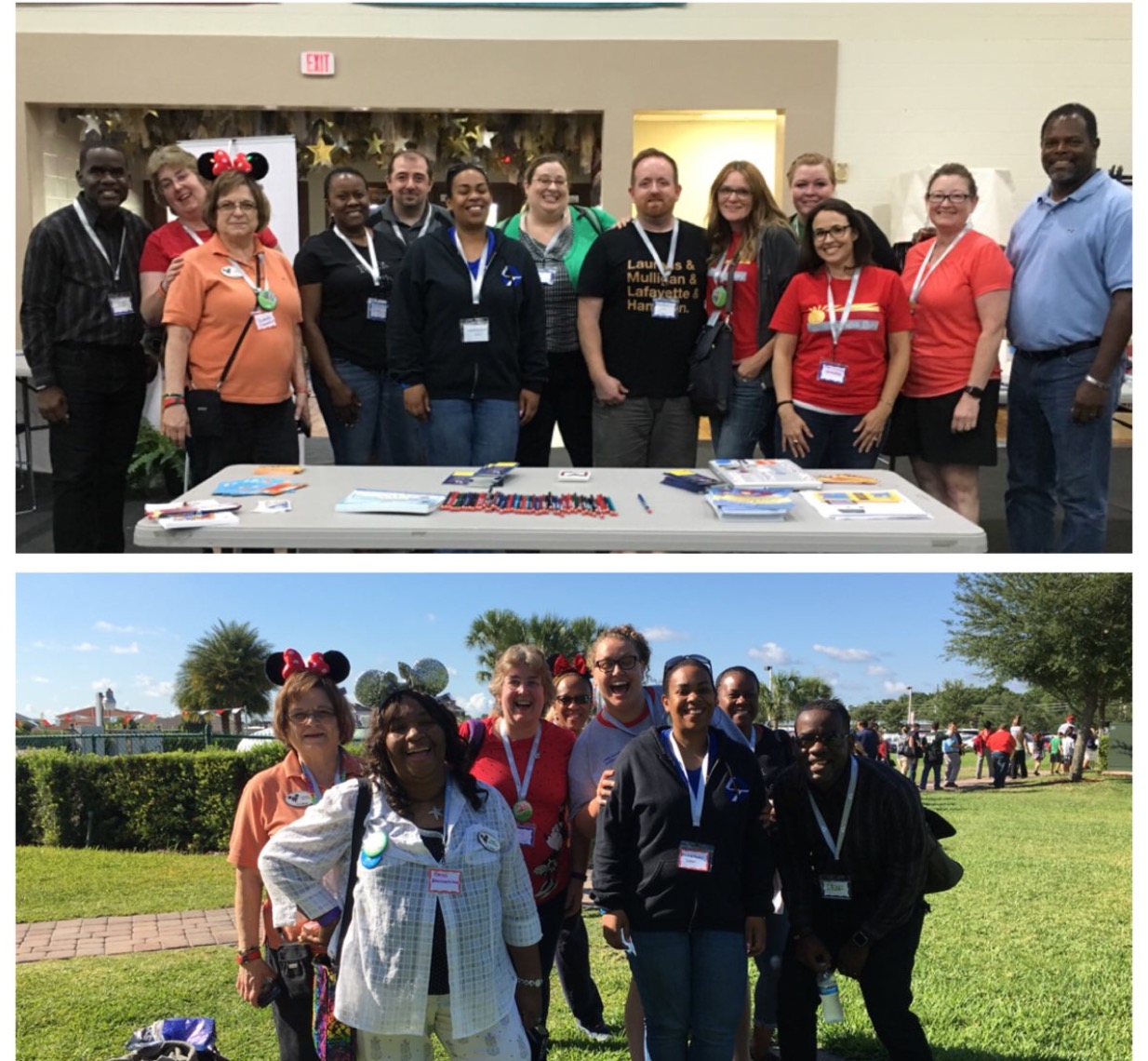
EdCamp Magic was my first EdCamp ever that I'd attended. Prior to 2016, I hadn't even heard of an EdCamp and was basically ignorant of what they were and what they had to offer. But through my voxer and Twitter participation and connections with these awesome individuals, some of which are pictured in these photos, I learned. I made my way to Windermere Prep for what I would say was the best "first" experience ever. I met several of the people face to face that I'd interacted with on Twitter for a while, including: Sarah Thomas (founder of EduMatch), Tammy Neil, William Jackson, Zac Leonard, Alex Stubenbort, Dan Koch, Fran Siracusa, Jennifer Williams, and Amber McCormick.
First Tweet & Talk Edumatch - 6/5/2016
I participated in my first Tweet and Talk, which brings together Twitter and Google Hangouts live on air. I was quite excited to join in and at the moment I do not recall what the topic was. However, Sarah Thomas hosts these weekly and moderators guide the discussions. Panelists sign up to take part in these tweet and talks and I am better because I got involved.
ST4T Conference - June 2016
The picture below are some of the phenomenal individuals who attended the Superior Tech for Teachers conference at the Plato Academy in Clearwater, FL. It was two days filled with learning and exposure to technology. Shout Out to Clarence Tan who shared his math platform with educators at this conference.
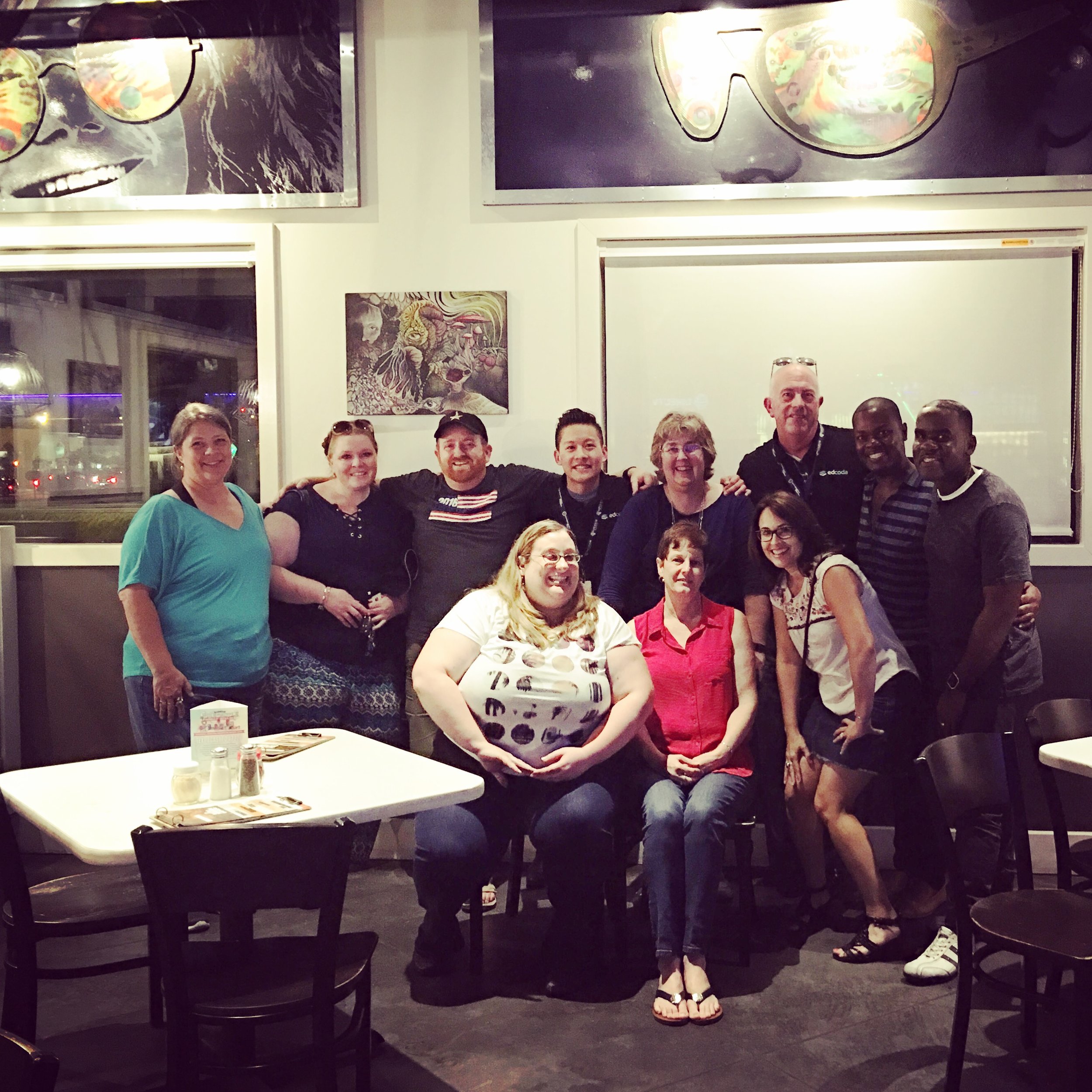
EdCamp Volusia
EdCamp Volusia is where I met Kimberly Michelle Martin for the first time face-to-face, but had interacted quite often via Twitter and Voxer. This picture was taken during an App Smash where various educators shared great apps or tools that other educators should use or could use as tools in the classroom.
EdCamp Putnam
Edcamp Putnam was my first time taking the step to facilitate a session or present something to the educators who attended. It's funny how nervous you are when you have to stand in front of others, not knowing how things will go.
In the picture captioned "EdCamp Putnam", I am demonstrating how to use a few apps available on the iOS devices. My friend Kim Martin is to credit for this picture as she is an incredible supporter and works in Volusia County Schools.
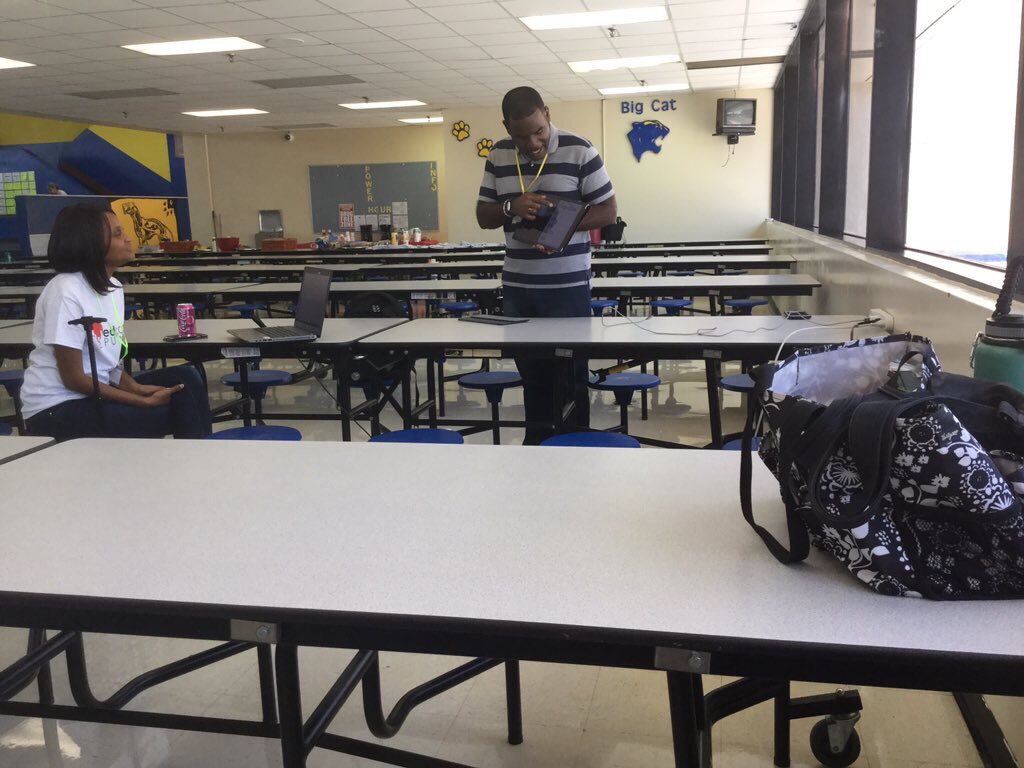
First Pass the Scope - 7/21/2016
PasstheScopeEDU was founded by Valerie Lewis as a means for educators around the globe to share the learning and insights with other educators and students, removing the walls that often serve as barriers to learning. This was my first opportunity to get involved and I have to say, the idea of sharing with a global audience and learning from those in their respective areas, countries, cities or states, was engaging, not to mention unifying.
Fresh Grade Webinar Panelist - 10/6/2016
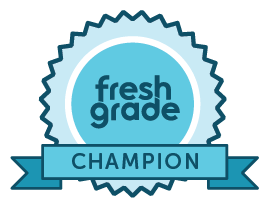
I had the tremendous honor (again a first) to be asked to participate as a panelist in a Fresh Grade online webinar, to highlight my experiences in using it as a tool to bridge school and home, individualize learning for students, as well as increase communication between parents, students and the teacher. Alongside another panelist, we spoke of the ways in which we have embraced Fresh Grade, and the tips, tools and tricks by which we are able to accomplish tasks. This was the first time that I'd ever been asked. The presentation was a success and even during the process, I learned from Rob Heinrichs about his approach to the Fresh Grade platform.
I will eagerly support something I believe in. I suppose the focus then is to make me a believer. I am a believer in the Fresh Grade application as a learning management system. It is easy to use and easy to guide others in its use.
EdCamp Tampa Bay - 10/8/2016
Another glorious testimony of the learning that happens with eager educators seek after knowledge. Where does it put us if we stop learning today and never pursue anything new. What message would that send to our students regarding our position as educators and the learning that we expect our students to do. EdCamp Tampa Bay is led by the wonderful Fran Siracusa and Jennifer Williams.
EdCamp Citrus - 11/12/2016
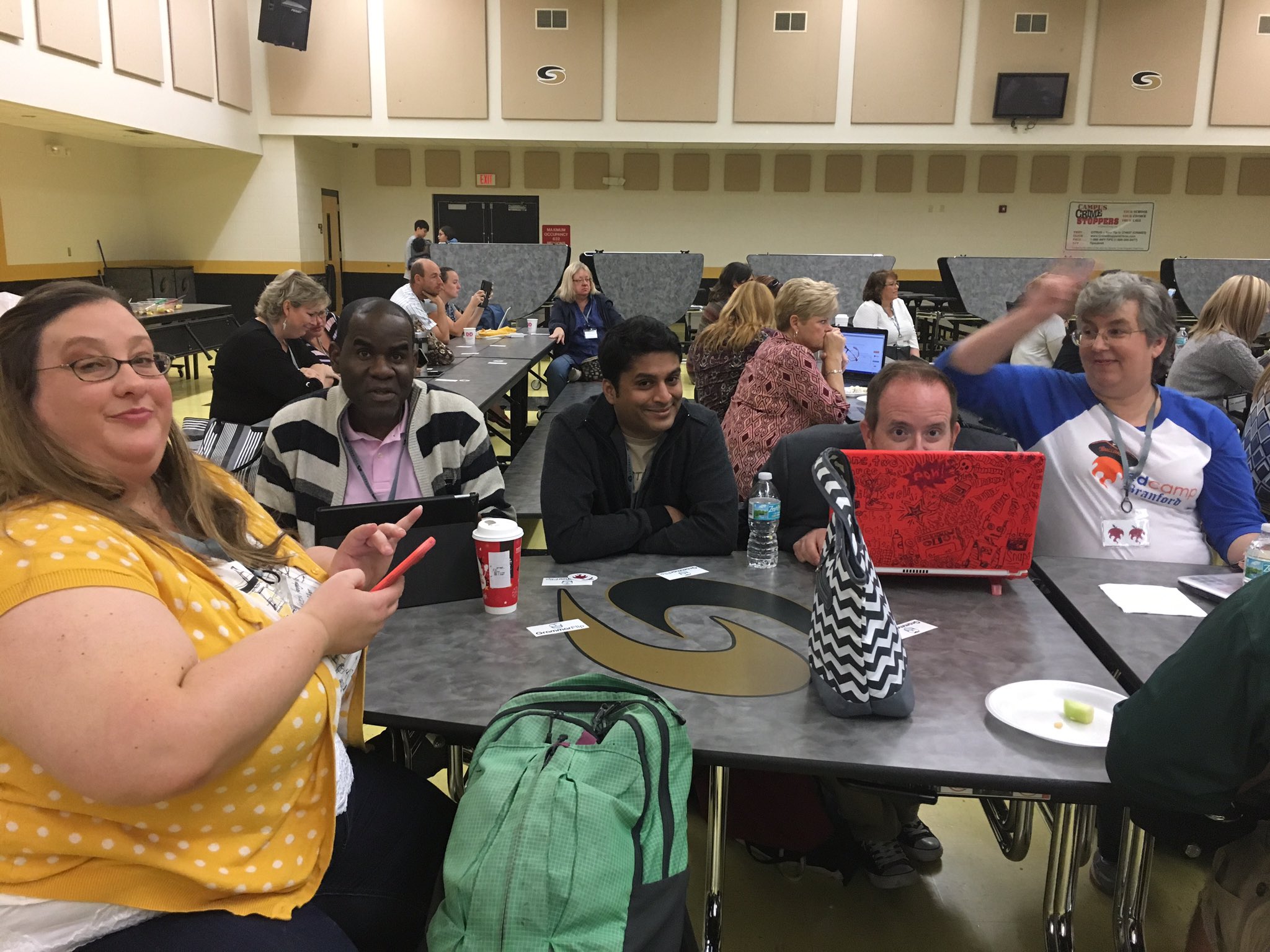
This is a candid photo of I along with friends at EdCamp Citrus over in Inverness, Florida. Another glorious experience learning about a variety of topics that aid in the development and longevity of our classrooms and student learning. It is always a fun time with this crew.
Social Media/Technology Boot Camp - 11/15/2016
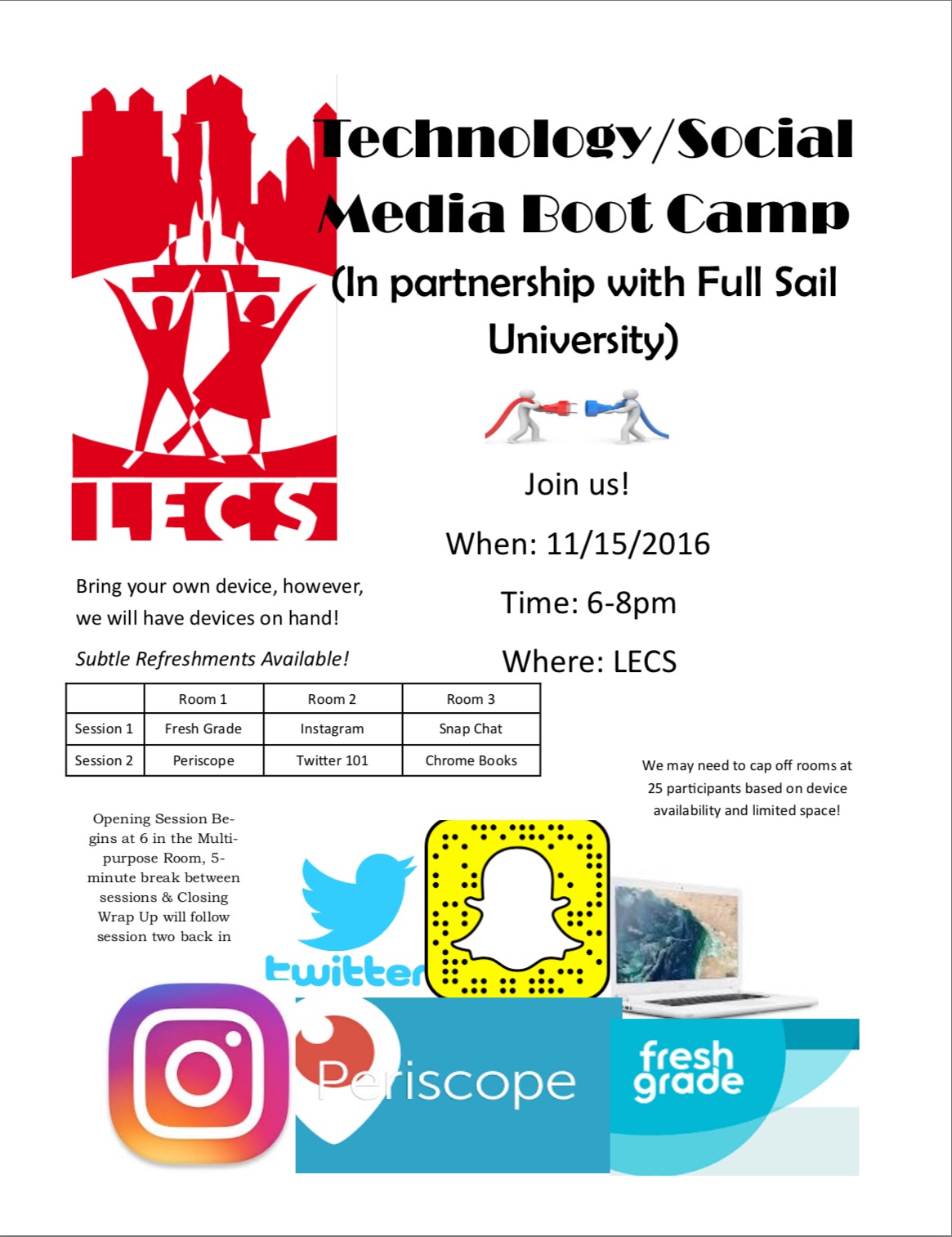 This was another first this year. I kept thinking to myself: How can we encourage parents to be more involved in their child's educational process as well as meet a need had by parents? Because of our newest partnership with Full Sail Labs, out of Full Sail University, this was the perfect opportunity to as they say "kill two birds with one stone." Full Sail Labs has partnered with us to increase the momentum in engaging students in the computer sciences as well as the arts, as part of the effort and an extension of the offerings we already provide at school.
This was another first this year. I kept thinking to myself: How can we encourage parents to be more involved in their child's educational process as well as meet a need had by parents? Because of our newest partnership with Full Sail Labs, out of Full Sail University, this was the perfect opportunity to as they say "kill two birds with one stone." Full Sail Labs has partnered with us to increase the momentum in engaging students in the computer sciences as well as the arts, as part of the effort and an extension of the offerings we already provide at school.
So, the idea of a Technology/Social Media Boot Camp came to mind, with a two fold purpose: to educate parents on the social media platforms that exist today and the ramifications of use, as well as to provide them with the knowledge of devices, programs, tools and applications that their children use in school. This would enable them to better assist at home, and provide an overall meshing of the learning process.
Google Forms allowed me to easily create an interest survey to be sent out to all parents at the school by our administrator. As responses came in, we learned exactly what parents were interested in learning and developed the boot camp around these ideas: chrome books, Periscope, Instagram, Snapchat, Fresh Grade and Twitter. These ranked highest among topics identified. The additional topics might be held for a future boot camp. We were able to have the boot camp on November 15th at the school and I was joined by two excellent educators from Full Sail Labs, to run the six 45-minute sessions, three happening concurrently. We had several parents attend and the follow up at the end of the night included expressions of gratitude for the knowledge gained and how each looked forward to additional technology boot camps.
The two sessions I facilitated were Fresh Grade and Periscope. As a Fresh Grade ambassador, I have learned a lot about the platform as it relates to individualizing learning and representing student learning in a variety of ways, not to mention the window it creates for parents into the classroom. I was able to create a mock class and guide parents through the usefulness of the platform as a learning management system as well as show them the inner workings. The parents were engaged and asked several questions about the viability of the platform. I had iPad devices on hand for parents to use to access the app although one decided to download the app on her own mobile device. Session two on Periscope included a greater number of parents and they learned about the operation of the tool and its appropriateness for sharing ideas and learning with others when they are unable to attend. Not only were they all impressed by its potential, several downloaded the application in the very session and began playing around in the sandbox.
We will send out a follow-up survey where parents who attended can document their learning. We will also send out information and tips to continue to develop their understanding. Finally, our goal is to have at least one more social media boot camp prior to the end of the school year. By such time, the word will really be out and we had several that were unable to attend the first event. It was a tremendous success to be enjoyed by all. I am grateful to my principal @charternation for having allowed me to go forward with it as well as the Full Sail Labs facilitators/educators for the awesome job they did presenting information.
EdCamp NABSE - 11/19/2016
EdCamp NABSE was the first Ed Camp that I've ever helped to organize. The picture below does not show everyone, but I will mention all who were part of the organizing team: Knikole Taylor (Leader), Kim Lane, Tammy Neil, Fran Siracusa and myself. It was great day out at the Tampa Convention Center and conversations were had by all.
Christmas Caroling -12/16/2016
I am grateful for having had the opportunity to take part in another of our 49 Acts of Kindness, caroling with a few of my students at the Beardall Senior Center in downtown Orlando. What a great experience it was to participate with them and showcase all of the talent that our school has, not to mention serve the senior citizens that interact within the building. Smiles decorated their faces as they watched the kids perform. We sang a total of six songs and all parties involved were overjoyed by the experience. There is a link to the YouTube video, if you care to watch and listen; The link is here.
News to be Shared on 12/29-12/30
Something great will be announced around this time that I was grateful to have taken part in. Stay tuned!
Final Thoughts
This certainly does not totally capture the year, but this post contains many highlights to all of the events that took place that have shaped me. I am grateful for all that has transpired and I am looking forward to the greater in 2017. Thanks for reading this post and I welcome any comments you may have. Mischief managed!
I have amended this post and added this. Tammy and Justin have been a great encouragement and "pushers," you know the ones who see the good in you and push it out. Please make sure you follow Justin Schleider and Tammy Neil (founder of FLedChat) on Twitter. These are phenomenal people. Justin blogs here and Tammy's writing can be found here.
The Thirst for Integration
Integration is a much needed act. The fusion of teaching and technology must happen in order for education to be relevant.
The society in which we live continues to grow and expand technologically and it is the world in which we live and the students we teach will need to be prepared for once they exit our classrooms and enter the "real world" as we know it. As such, many students today are being introduced to electronic devices, such as MP-3 players, iPod, iPad, smart phones and other technological devices through which we communicate and interact. Though the knowledge they possess regarding how to use the devices responsibly may be limited, there is nonetheless a great excitement that integrating technology into the classroom brings. Even as educators, no longer can we be complacent and stuck in routine. We must understand that students need relevant knowledge. While certain strategies and tools of yesterday may still have relevance today, there must now be integration of the former and the now. Having started teaching ten years ago, many things have changed in those ten years. In fact, there are methods I used last school year that I have already reformatted, changing my approach. The one thing that will always be consistent is change. Our students change every year and what worked for one group is not going to necessarily work for the next one. So, forward thinking says that "I will not stay the same, I will keep learning and growing, so that the students that I teach will learn and grow." I truly believe that if I ever stop learning, the students I teach become limited in their learning, simply based on what I CANNOT offer. And once the new students enter the classroom for the year, change cannot stop. Sensitivity to the classroom environment, including the students taught can dictate a need for a method change on the spot and a student-centered classroom is designed to meet student needs. Therefore, flexibility is key. My dad always said, "It's better to have it and not need it, than to need it and not have it." Suffice it to say, learning about the latest and current advances in technology and how they can become a part of our practice is necessary. Though one may not be appropriate at a given moment, another may. Therefore, being a learner and exposing ourselves to new knowledge, is important. This can come in the form of conferences, workshops, Ed Camps and even building your professional learning network through Twitter and Voxer.
Kristin (@kristincharr) has worked with several applications in the classroom. Dot Storming and TriCider are new tools used by Kristin, as Socratic seminar type writing. TriCider, which is similar to Dot Storming allows students to post an idea and other students can then add pros and cons to it, discussing whether they agree or disagree. The online tool allows text and images and currently there is no cost associated with it. Tellagami, an iOS application I have played around with, gives students an opportunity to animate themselves and present content using background templates as well as a character that he or she creates. The character can have a prescribed voice from within the application or the student can record his or her own voice. The free version offers thirty seconds of talk time, while the paid version offers 1.5 minutes, or 90 seconds of recording time. The student can either talk into the app or use the text to voice feature, which is available for an additional fee. Creations can be exported and shared as well. Book Creator as well as My Storybook Creator are available as iOS apps (and online) and are creative ways in which students can present their writing products. Popplet, similar to Inspiration maps on the iOS device, is a great way to help students visually organize their thinking. Write About offers ideas for writing prompts for classroom use. Graphite Common Core Explorer has a common core search for grade level and lists of reviews of any apps and web sites that could be utilized to meet standards.
Celeste(@Celeste_Clemons) works with Edmodo and Screen-cast-o-matic. Edmodo offers her the opportunity to provide a student interface that is easy to use and set up. This online tool also provides a medium for rich discussion. There is an app available as well for mobile access. Screen cast-o-matic is another recommended tools for technology integration offered by Celeste, in that it offers the educator a way to record lessons, introduce and teach lessons, as well as review these lessons. The set-up process is easy and offers a free version.
It was great to hear Kim-Michelle Martin (@kmhmartin) discussing the power of Twitter and Voxer at Edcamp Putnam, as well as Buncee at EdcampVolusia . Here, she is pictured discussing an app during "App Smash." I am grateful to have met her and since then, we have found ourselves attending several edcamps, and becoming edcamp addicts. There is such power in going, teaching, sharing and learning. Buncee is a great app that offers the educator or student an opportunity to visually represent their thinking. Available as an iOS application, it offers various background images, clip art, ability to record audio, as well as type and write within the application. Finished designs can then be exported to other applications for viewing, grading and presenting.
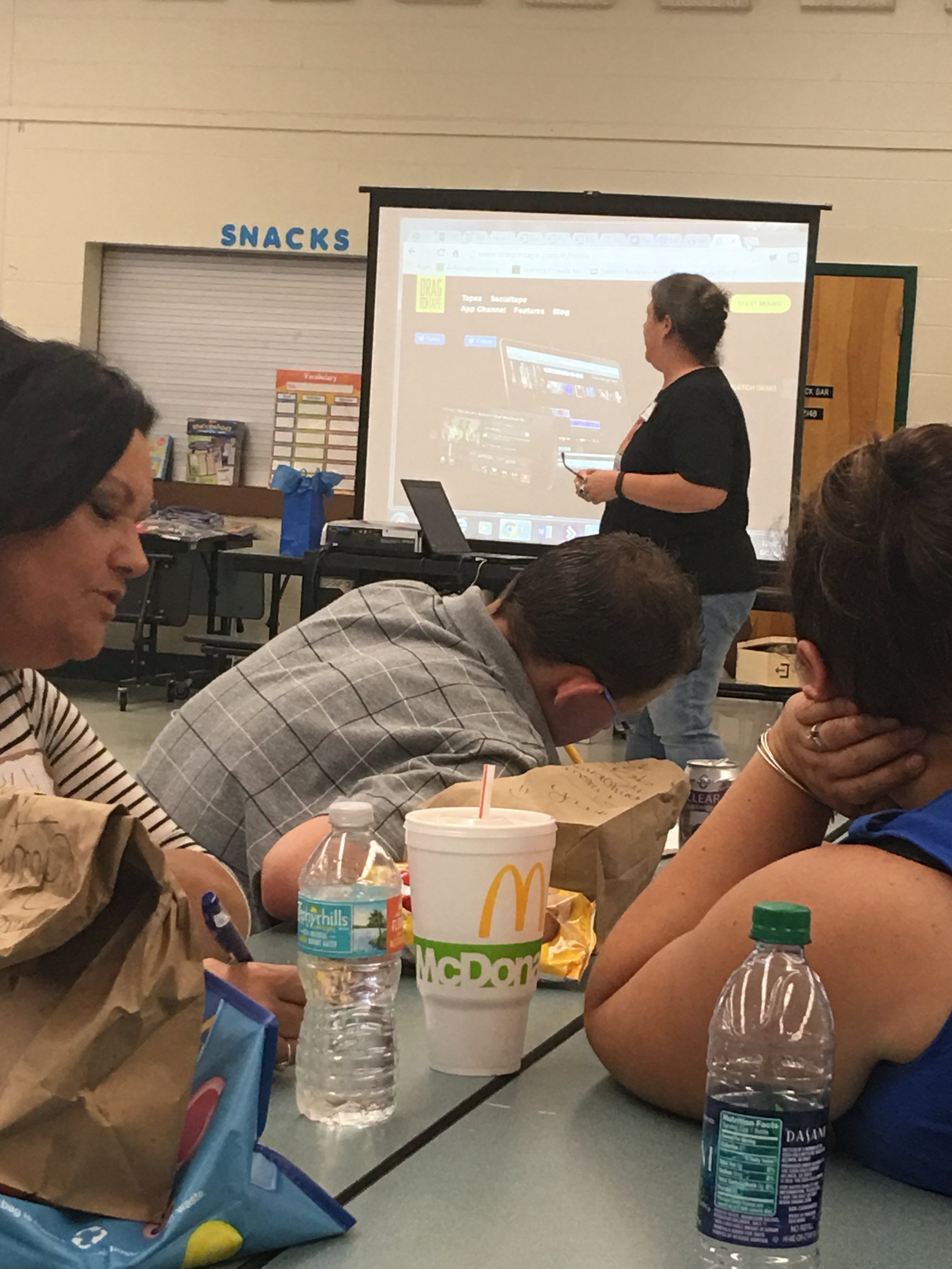
Tammy Neil (@TG_Neil), one of the moderators for #FLedchat is pictured here as she goes into detail about not only the relevance of Twitter and Voxer, but the power of it. She discussed much about the building of the professional learning network and the power that comes with connection. Very passionate she is, she stresses the emphasis for why educators need to be involved with Twitter at the least, but Voxer offers further development opportunity for educators to continue to learn and grow.
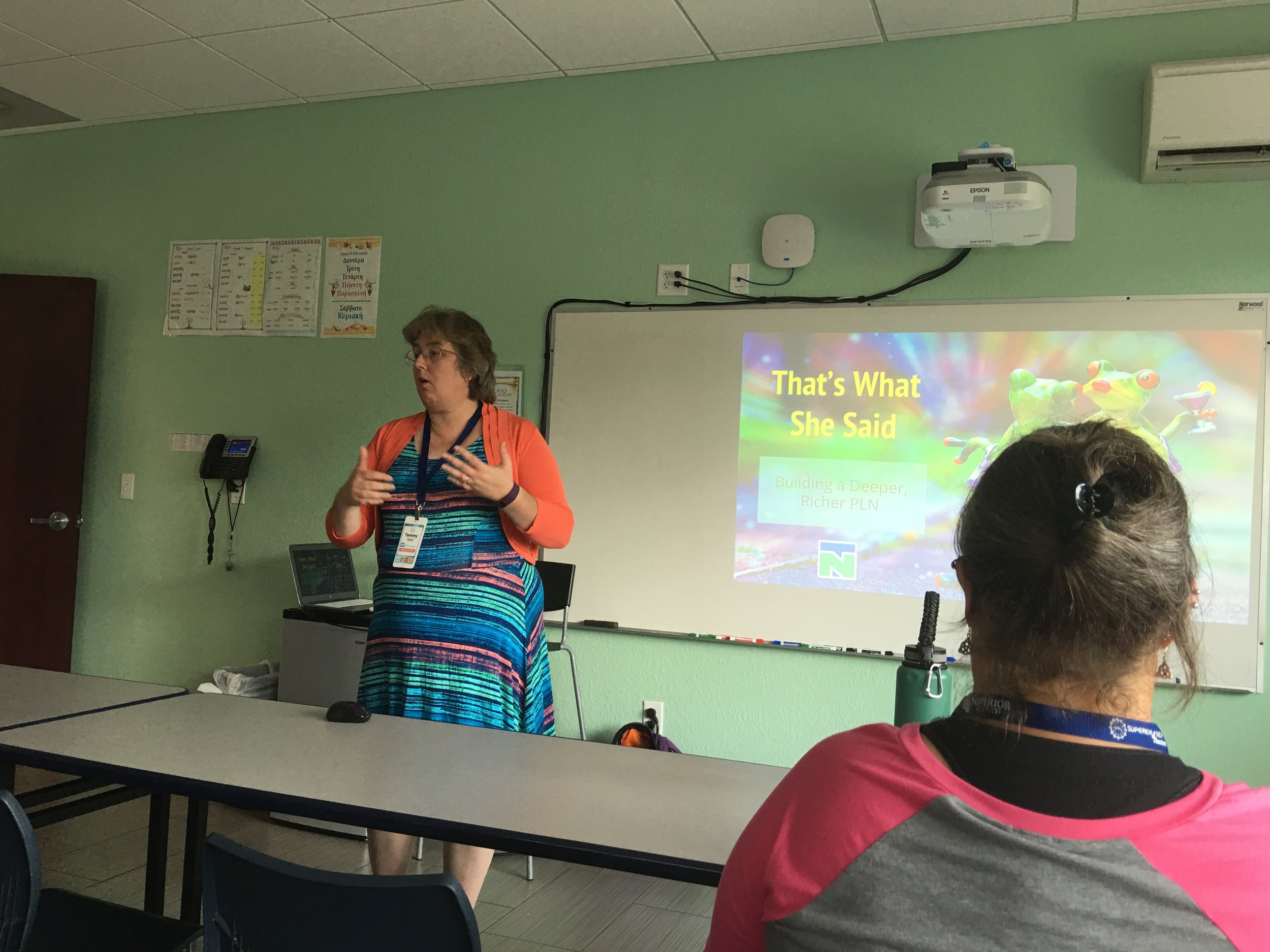
Valerie Lewis (@iamvlewis): I'd like to refer to Valerie as the PasstheScopeEdu guru. Because of her fore-running efforts, I have learned about "periscope" and an ambitious, driven group of educators interacting and collaborating through #passthescopeedu. Her ideas about Bridging the world and removing the walls that may keep learning about other places from occuring, educators from around the world have come together on every third Thursday, to pass the scope. I jumped in on the second round and we shared one big idea as well as thoughts on global connections. It was such a breath of fresh air to be able to learn from educators around the US and world that were excited and passionate about the teaching and learning they are doing in their respective areas.
Sarah Thomas (@sarahdateechur) first introduced me to Google Hangouts live on air, with the weekly Tweet and Talk Episodes she so expertly coined, to discuss relevant issues surrounding education as an enterprise. Having had the opportunity to participate with her, on topics like Learning Management Systems, equity and diversity in education, I understand that this tool is useful in being able to globally connect educators to collaborate and offer input on a variety of ideas to foster growth and development. How would this idea be useful for the classroom? I could certainly see the teacher benefit, as it can be used as a means of professional development or distance learning. Students can also make use of this tool in order to collaborate on student projects and discuss ideas.
Integrating technology into education not only motivates students to learn, it prepares them for the world that already exists, in which they will need to be able to function. While technology can never be a substitute for the human touch, it is important to know that it can provide a way to experience new things and learn in new and creative ways. It can provide experiences that some might not have, if not used in the classroom. Jump on the integration train, because it is our way of life.
“We need technology in every classroom and in every student and teacher’s hand, because it is the pen and paper of our time, and it is the lens through which we experience much of our world.” - David Warlick
When the Call & the Passion Collide
Some may say that being an educator is a profession of choice. Others might say that one becomes a teacher because his or her parents or grandparents were teachers. I propose that neither of the two are accurate enough to describe the integral role that educators play in the lives of everyone. Growing up as a child, there were behaviors I was born with, like crying for example. On the other hand, there were many things that were only grasped because someone taught me. Whether the individual doing the teaching had an official title or not, he or she was instrumental in guiding me along to learn the concept, principle or idea. We might say that the teacher(s) made a decision to act, because there was something that I needed to learn, and that they were able to teach me. Naturally, I learned from them. As a kid, I grew up in a very strict household, where my parents expected me to do as I was instructed and that I was responsible for handling my school work. I had the great privilege of connecting with my first grade teacher, who I still admire and respect today. She has a way about her, demonstrating care and concern, yet holding me accountable for anything I did wrong. What's more, is that she had such a great personality and I found much of my interaction with her to be fun and enjoyable. It was her tender-yet-strict-and-caring nature that inspired me. It is inspired me so much so, that I would go back to her classroom every day while I was a student at Hallandale Elementary School, to help her with any items that she needed.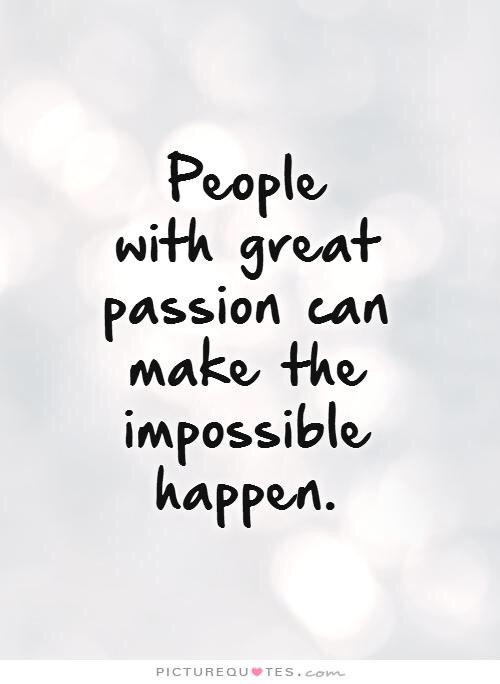 Continuing on through middle school and high school, I would always go back and visit and offer my help to her in the classroom. I graduated from high school with the second highest amount of community service hours as a result of what I would call, my passion to do what she did. This passion might be said to be acting on the call I felt to, like her, be part of the educator community. So yes, I knew somewhere deep down since I was a first grader, that I would teach in a classroom. You might say "that's not possible" or "that's crazy, you are too young to know what you want to do." Well here I am today and I have just completed my 10th year as a classroom teacher. Perhaps the call to teach was always there and my first grade teacher cultivated it, or watered the seed such that I am able to walk in that role today. Nonetheless, I am an educator today, because of her.
Continuing on through middle school and high school, I would always go back and visit and offer my help to her in the classroom. I graduated from high school with the second highest amount of community service hours as a result of what I would call, my passion to do what she did. This passion might be said to be acting on the call I felt to, like her, be part of the educator community. So yes, I knew somewhere deep down since I was a first grader, that I would teach in a classroom. You might say "that's not possible" or "that's crazy, you are too young to know what you want to do." Well here I am today and I have just completed my 10th year as a classroom teacher. Perhaps the call to teach was always there and my first grade teacher cultivated it, or watered the seed such that I am able to walk in that role today. Nonetheless, I am an educator today, because of her.
So you might be wondering. What is the call? A call is a cry made as a summons or to attract someone's attention. It can also be defined as an appeal or demand for something to happen or be done. It is a powerful force of attraction. So the educator feels a strong pull to interact with students and to see them learn and grow. The educator answers that call by following the path to earn the necessary schooling and ultimately walking into the classroom ready to meet the needs of students he or she will teach. What does the call sound like? Well I propose that there is no sound, but rather there is an inward longing to act, to pass on knowledge, to allow knowledge to be created, to cultivate minds, to empower, to build, to enrich.
What is passion? Passion also has multiple definitions: an intense desire or enthusiasm for something, a strong and barely uncontrollable emotion, and a state or outburst of strong emotion. I place great value in deciding to give something my all. Why do anything half way? If you go into a forest half way, you might as well go all the way, because you'll have to back track that half in order to get out of the forest. Being passionate is not only noticeable but it is contagious. If you are passionate about what you do, consider the passion "electric" and you can't even be near the next person without transference of some electric charge. What would happen if passion became electrically transferred because you decided that you were going in 100%? How would this new passionate attitude transform the mindsets and wills to learn of those you work with? How challenged would others feel to be better based on your decision to be better? The call and the passion can collide into an explosion of robust proportions.
 What happens when the call collides with one's passion? There is a huge difference between just being "present" and one who is passionate about what he or she does. The passionate are excited and motivated to embrace challenges, be the counselors, nurses if needed, and get down in the trenches with the students. The passionate understand the value of learning so much so that he or she will continue to learn and grow to become better at his or her job. The passionate does not allow complacency to set in because he or she knows that students are the ultimate recipients of all of the hard work put into education. The passionate engages and interacts with other educators to develop and collaborate through professional learning networks. The passionate develop their craft or skill through professional development avenues such as conferences, workshops and social media designed to learn. I would say about a month ago, I really begin to learn a lot about the amount of opportunities there are to learn that was not previous privy to. I happened to jump on Twitter to create an account and hopefully connect with other educators. From that decision to develop myself by connecting with others, that led to Voxer educator groups and most recently my first EdCamp (EdCampMagic) on June 4, 2016. I learned so much through this initial interaction with other educators who all shared similar passions and stories for why they do what they do. I will attend my second camp, EdCampVolusia on June 11, 2016 and another on October 8th, EdCampTampaBay.
What happens when the call collides with one's passion? There is a huge difference between just being "present" and one who is passionate about what he or she does. The passionate are excited and motivated to embrace challenges, be the counselors, nurses if needed, and get down in the trenches with the students. The passionate understand the value of learning so much so that he or she will continue to learn and grow to become better at his or her job. The passionate does not allow complacency to set in because he or she knows that students are the ultimate recipients of all of the hard work put into education. The passionate engages and interacts with other educators to develop and collaborate through professional learning networks. The passionate develop their craft or skill through professional development avenues such as conferences, workshops and social media designed to learn. I would say about a month ago, I really begin to learn a lot about the amount of opportunities there are to learn that was not previous privy to. I happened to jump on Twitter to create an account and hopefully connect with other educators. From that decision to develop myself by connecting with others, that led to Voxer educator groups and most recently my first EdCamp (EdCampMagic) on June 4, 2016. I learned so much through this initial interaction with other educators who all shared similar passions and stories for why they do what they do. I will attend my second camp, EdCampVolusia on June 11, 2016 and another on October 8th, EdCampTampaBay.
When you think about an outlet used to transfer power through a cord, we the educators are extension cords that are plugged into the source, whether directly or as an extension of someone else's cord. The power of connection is just that, power! We have the power to change the world when we answer the call and are passionately in pursuit of continued development.
Going the Extra Mile
 I am so grateful that I have been able to complete yet another productive year of teaching and learning with my students. As this is certainly not my first rodeo, I understand that in this day and age, students experience so much pressure to succeed and do well but often lack the proper support systems with which to manage the challenges that they face from day to day. What does that look like? It could be the girl or boy, who has both parents at home, but needs extra support that may or may not already be provided to them. It might be that teenage kid that is the product of a single-parent home and the parent is doing all that they can to support them. It might be a child who does not have a very good relationship with his or her parents and is looking for a model or a mentor. It may be that child that likes what they see in you, and seeks to emulate who you are and what you do, but lacks the steps necessary or the knowledge necessary with which to take those steps. It might be the child who has both parents in the picture, but living in two different homes. Lastly, it could be that well-supported child, with both parents providing aid to him or her, pushing them to do their very best, but the child still looks to you to be their guide. Whichever the experience, it is never a bad thing for an educator to go the extra mile. This is what I will discuss here, with anecdotal input regarding the unrelenting need that called my name this year.
I am so grateful that I have been able to complete yet another productive year of teaching and learning with my students. As this is certainly not my first rodeo, I understand that in this day and age, students experience so much pressure to succeed and do well but often lack the proper support systems with which to manage the challenges that they face from day to day. What does that look like? It could be the girl or boy, who has both parents at home, but needs extra support that may or may not already be provided to them. It might be that teenage kid that is the product of a single-parent home and the parent is doing all that they can to support them. It might be a child who does not have a very good relationship with his or her parents and is looking for a model or a mentor. It may be that child that likes what they see in you, and seeks to emulate who you are and what you do, but lacks the steps necessary or the knowledge necessary with which to take those steps. It might be the child who has both parents in the picture, but living in two different homes. Lastly, it could be that well-supported child, with both parents providing aid to him or her, pushing them to do their very best, but the child still looks to you to be their guide. Whichever the experience, it is never a bad thing for an educator to go the extra mile. This is what I will discuss here, with anecdotal input regarding the unrelenting need that called my name this year.
Have you heard the phrase "To whom much is given, much will be required?" It is one thing to quote this but it is another thing altogether to see this idea pan out right before your eyes. Let's just say that I wear many hats at the school where I am currently an educator and next year, I will take add a few more to the hat rack. I am in my fourth year at this school, and clearly arriving at the said school was no coincidence. It might be the view of some that teachers are in their profession for the benefits, summers and holidays off and to collect a paycheck. A generalization at best, teachers are not always given the praise for the admirable job that they do. It is one fraught with many challenges from year to year or even from day to day, but some intrinsic motivation or voice compels the educator not only to answer the call to teach and facilitate learning, but to go back every day with a renewed passion to bring hope, light, strength and empowerment to the students he or she teaches to be the absolute best that they can be. There are no limits, except for the ones set forth in the mind of the child, which could be as a result of what he or she experiences, or doesn't experience.
So, what does it mean to "go the extra mile?" The idiomatic phrase could encompass a variety of different tools, strategies, tricks, or tactics demonstrated by the educator to bridge gaps, support students in their learning, bring hope or light to a challenging situation or simply put a smile on a student's face. This is where I would like to mention the first story, of which I shall not mention any names specifically. Last school year, I had a student, who we shall call Student A, that came to me with challenges in the Language Arts content area, and I immediately begin to work with the student to grow them to a level that was consistent with grade level expectations. Things were progressing nicely but as the year went on, I began to learn of other challenges faced by the student that may have placed limits on learning. I decided to get involved and act as another support system for the student, who would hopefully come to me when help was needed, and to make some good of a difficult situation. As a result of the extra time that was spent with this student, the demonstration of care and concern and the establishment of an unofficial mentoring relationship with the student, there was a complete turnaround. Not only was there an increased motivation on the part of the student, the student academically began to excel, and while not completely out of the woods, was making great strides to get there. The parent was thrilled with the change in the behavior because I simply took time. I found myself attending extracurricular activities to support the student as well as devising ways to interact during the school day. This was a win, because I decided to go the extra mile.
I must say that I love diversity and all that it brings to any situation. It is great to learn from others and our experiences and viewpoints are all so varied and meaningful. That said, I have noticed that students tend to look for those that they feel they can relate to at school. That may mean that girls will cling to warm, inviting female teachers or that minority students may look for minority teacher representation within the school. This is not division in any way, but simply their search for a model to pattern themselves after. The second scenario I will share is another student who I taught, but then returned to me in a different capacity for support. This student was dealing with the challenge of balancing life with mom and dad, who lived in separate home situations. In addition, the student was on a search to understand or learn who they really were. The student in question had been having behavioral challenges at school, because he was trying to fit in, balance home life, school life, and at the same time, facing the quest to identify himself. I stepped up the plate in this situation also. I listened to him, allowed him to come to my room during times of need and even to take a break from the norm. The student became very comfortable with coming to me when a talk was needed, or when help was desired on an assignment, a speech, or talking through a problem orally. I have taken time outside of school to interact with the student in a mentoring capacity due to the nature of the need and the expressed interest by the parents of the student to form this mentoring relationship. How has it helped you ask? Well, not only have I been labeled as "uncle" now, I receive hugs almost every day or the student is sure to come and greet me daily. In addition, his achievement has skyrocketed and the students I currently teach are able to look up to the student in question. Another win here for going the extra mile. I could have not taken the time, but consider how that may have negatively impacted the student, who, might I add is very intelligent with tremendous potential.
Being an educator is not easy for obvious reasons, therefore being a passionate educator that is willing to go the extra mile is not as common as it should be. Consider how things might change for all parties involved if the student(s) felt supported. There is much more to be gained from such an experience than what may be lost.

Go the extra mile. It might just light the fire in a student that is not easily extinguished.
I'd love to hear your thoughts about this blog. Please feel free to comment or contact me on twitter, @dene_gainey.
[contact-form][contact-field label="Name" type="name" required="1" /][contact-field label="Email" type="email" required="1" /][contact-field label="Website" type="url" /][contact-field label="Comment" type="textarea" required="1" /][/contact-form]
The C.L.I.M.B.E. Philosophy
As a tree "climbs" and produces fruit, so does this philosophy. You might be wondering, what is the C.L.I.M.B.E. philosophy and how does it pertain to education? I firmly believe that there is a need for role models, mentors and individuals to make a difference in their area of influence. How then, does this philosophy apply? This is an idea that I have been developing over some time. Students must have insight, wisdom and guidance for the future of society and them individually. It is important that the knowledge and experience that one has is shared with others, otherwise it is simply knowledge that you will leave this world with. I am a lifelong learner.
Twitter Use in Education
You may be asking yourself how Twitter is educationally relevant. Some view Twitter simply as a networking opportunity and perhaps others deem it as a social media influence. Educators all across the globe use Twitter every day to engage in meaningful and relevant discourse regarding tools, self and classroom development, innovation, encouragement and developing a strong network of educators that can and do interact in an ongoing manner.
